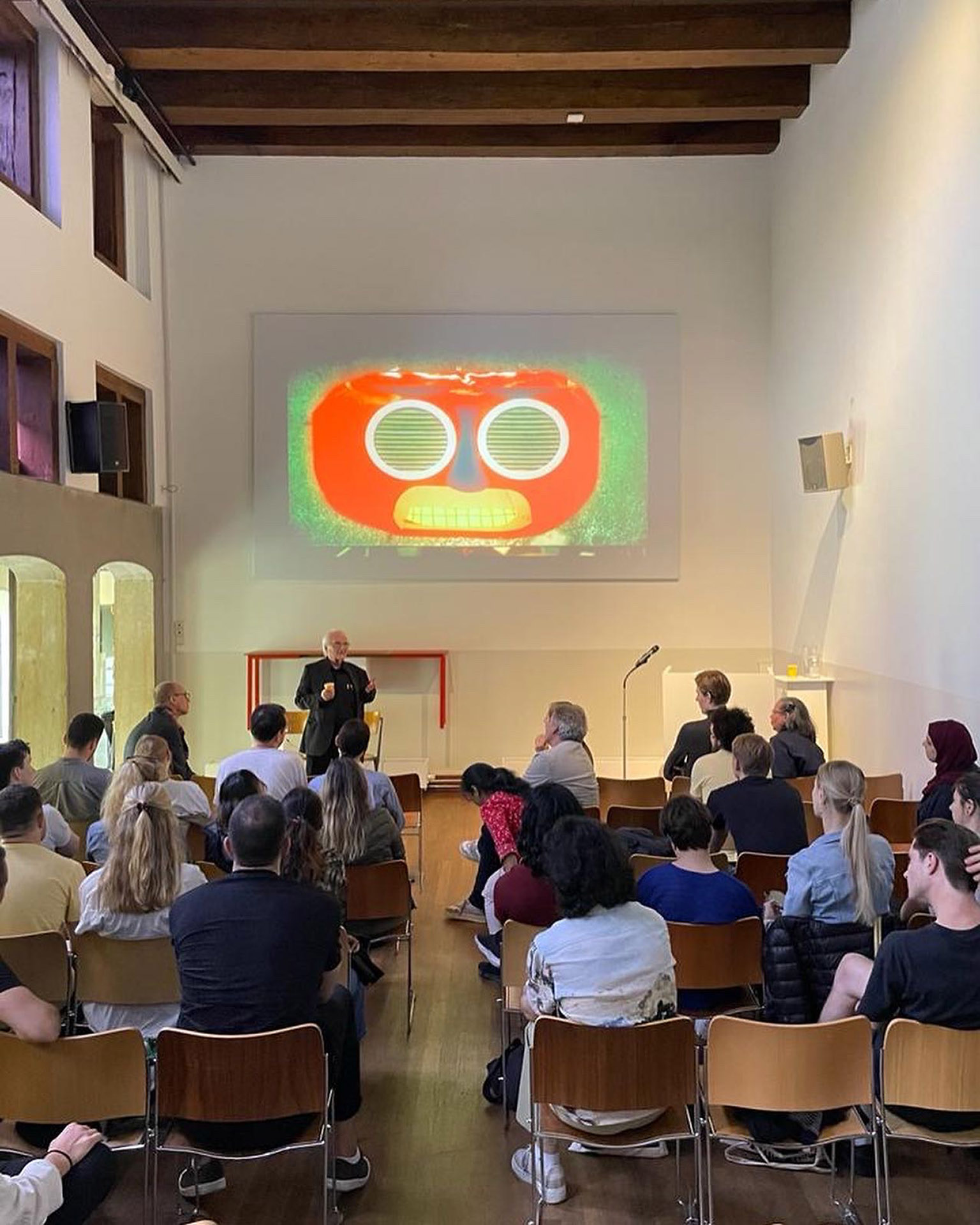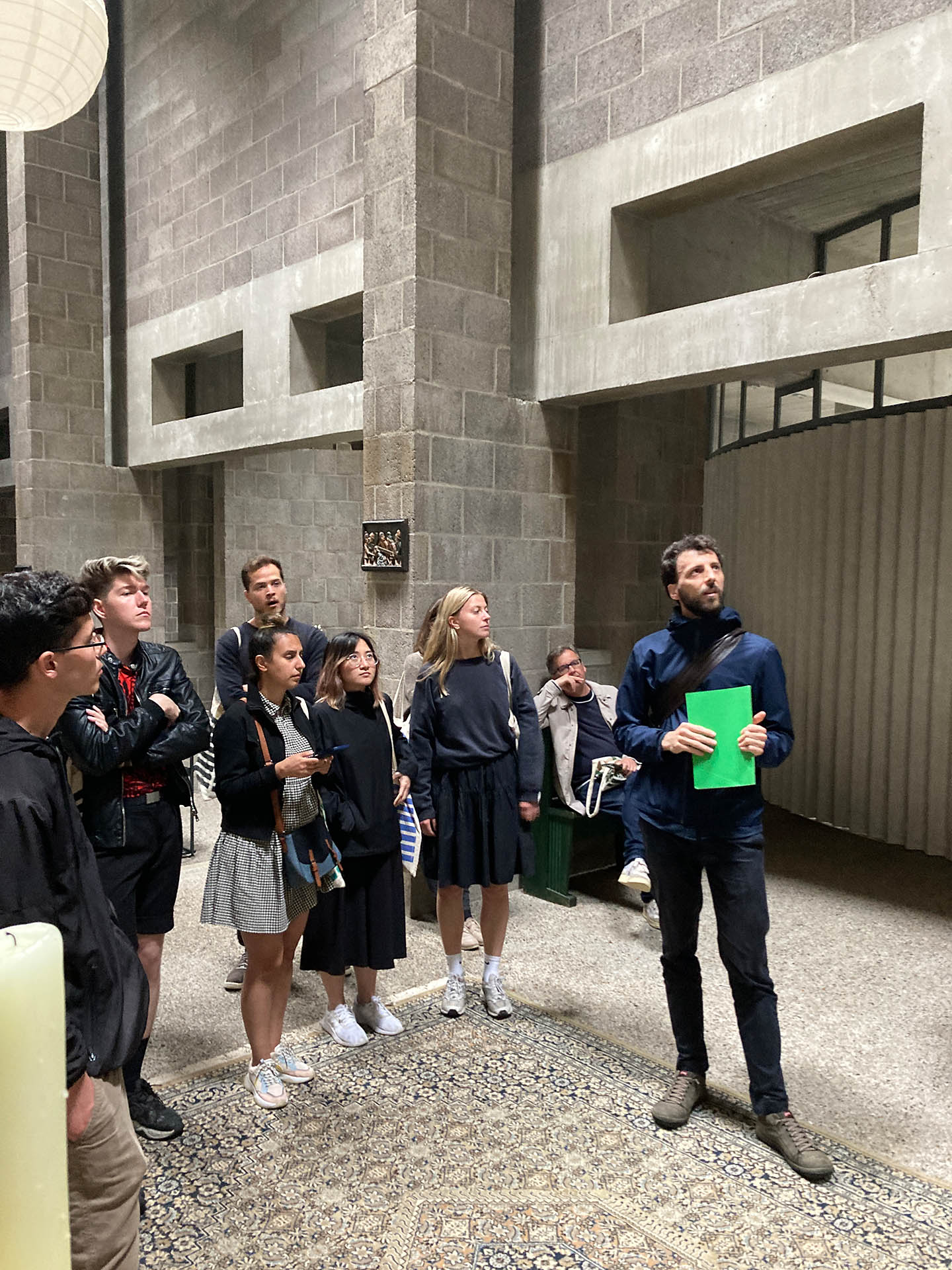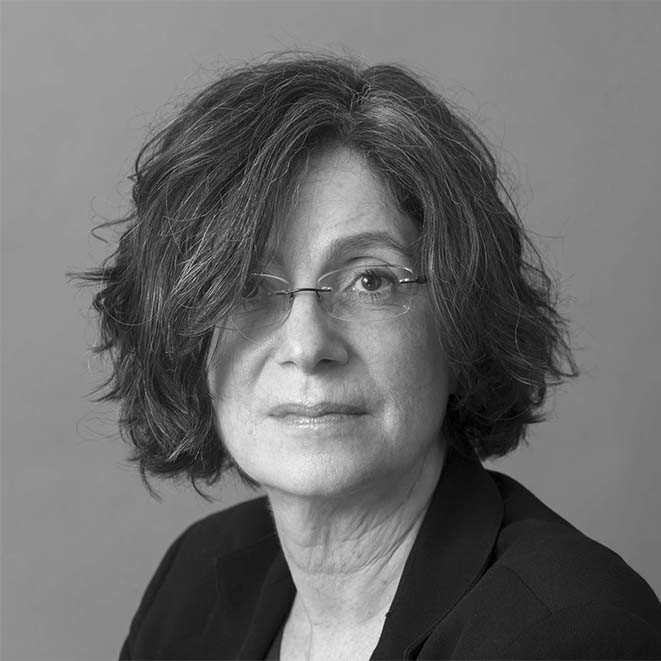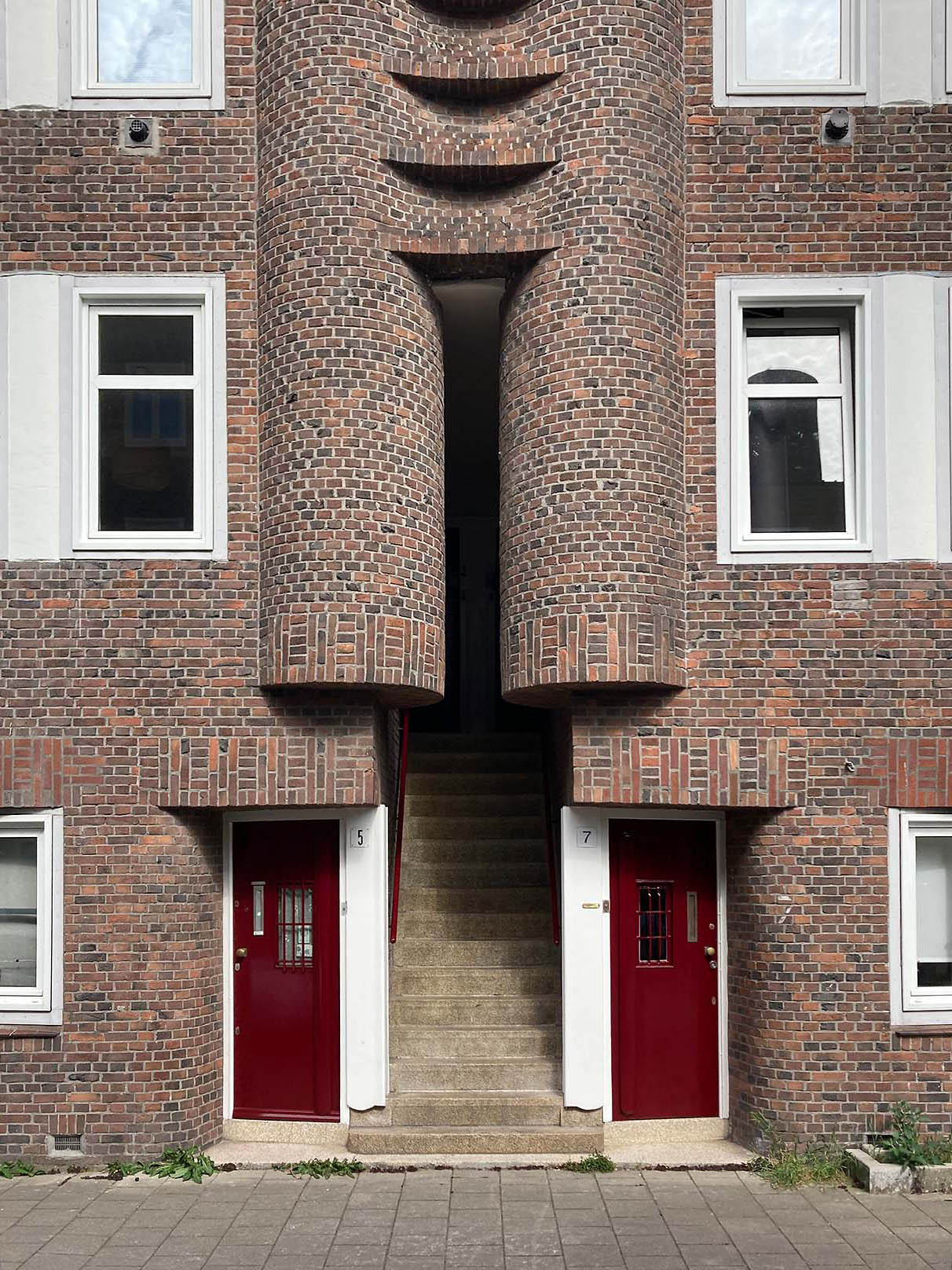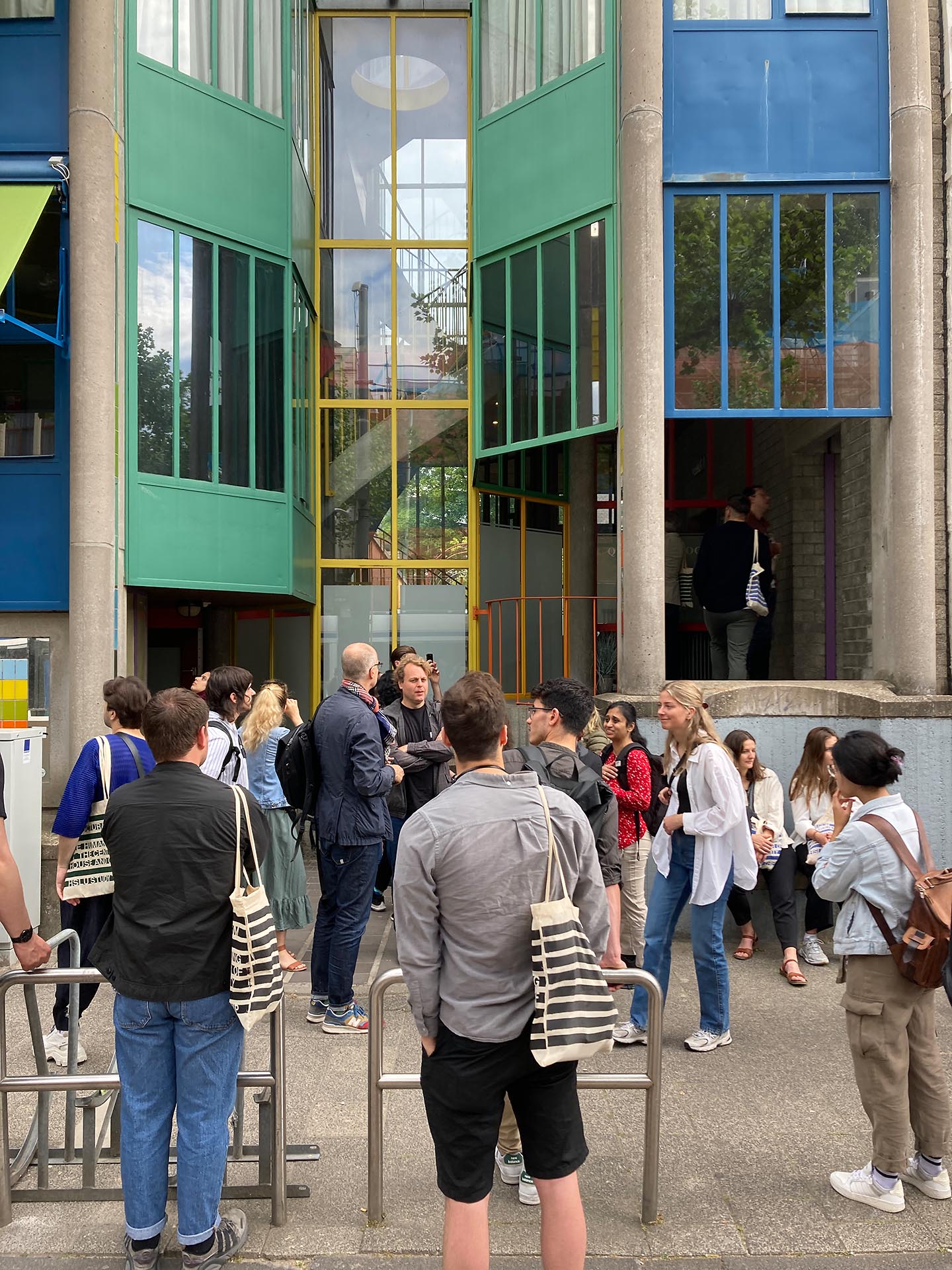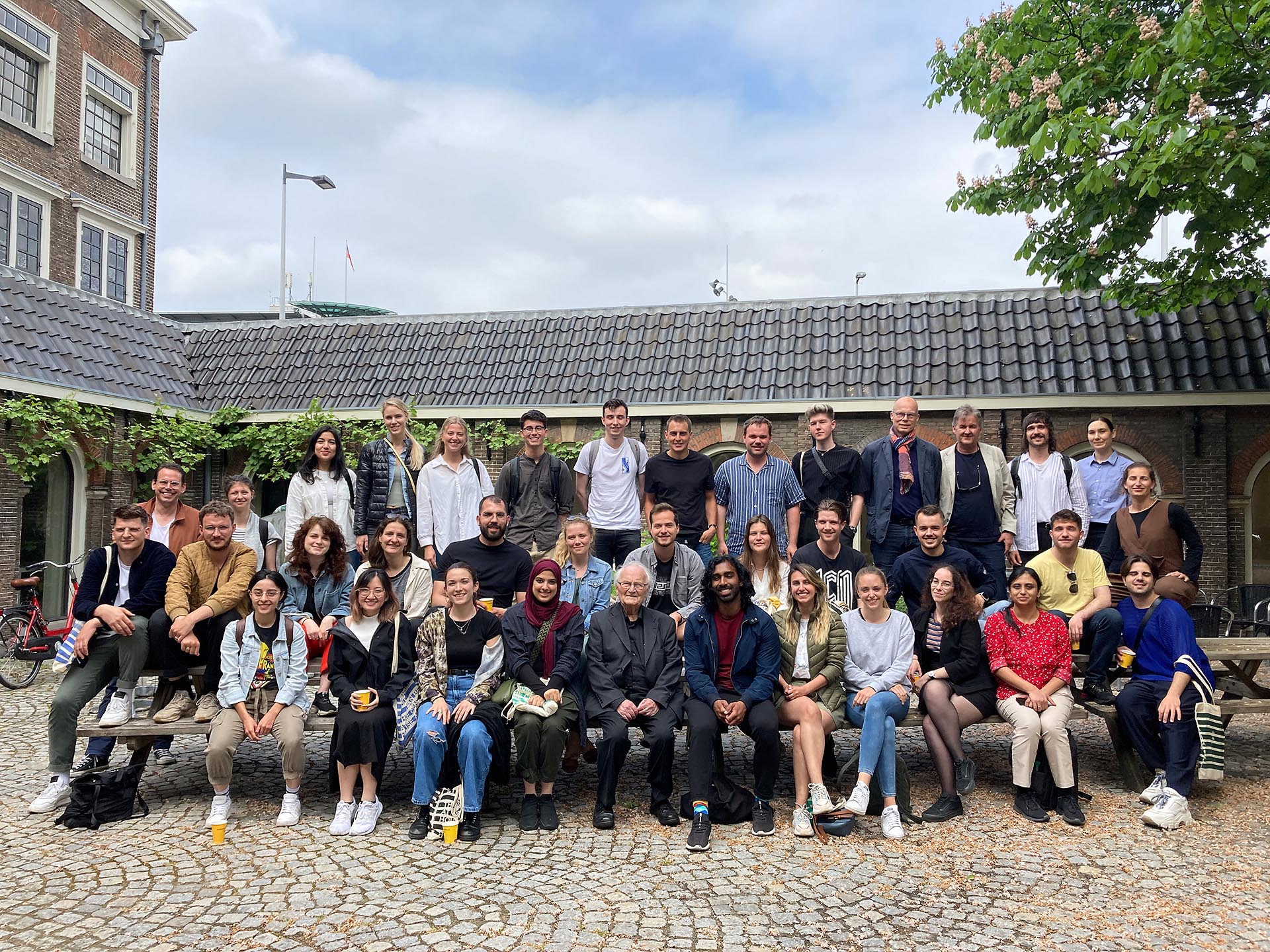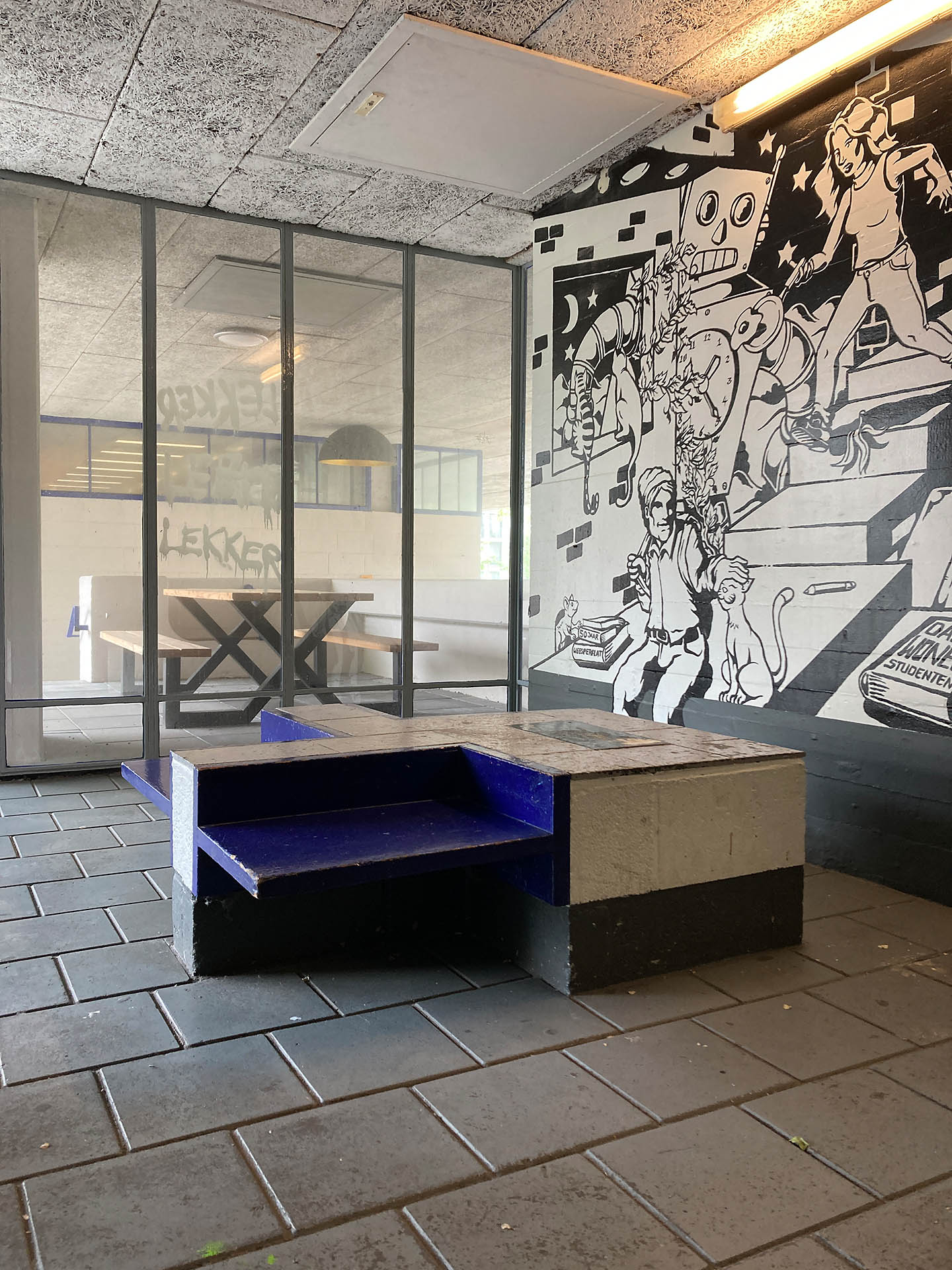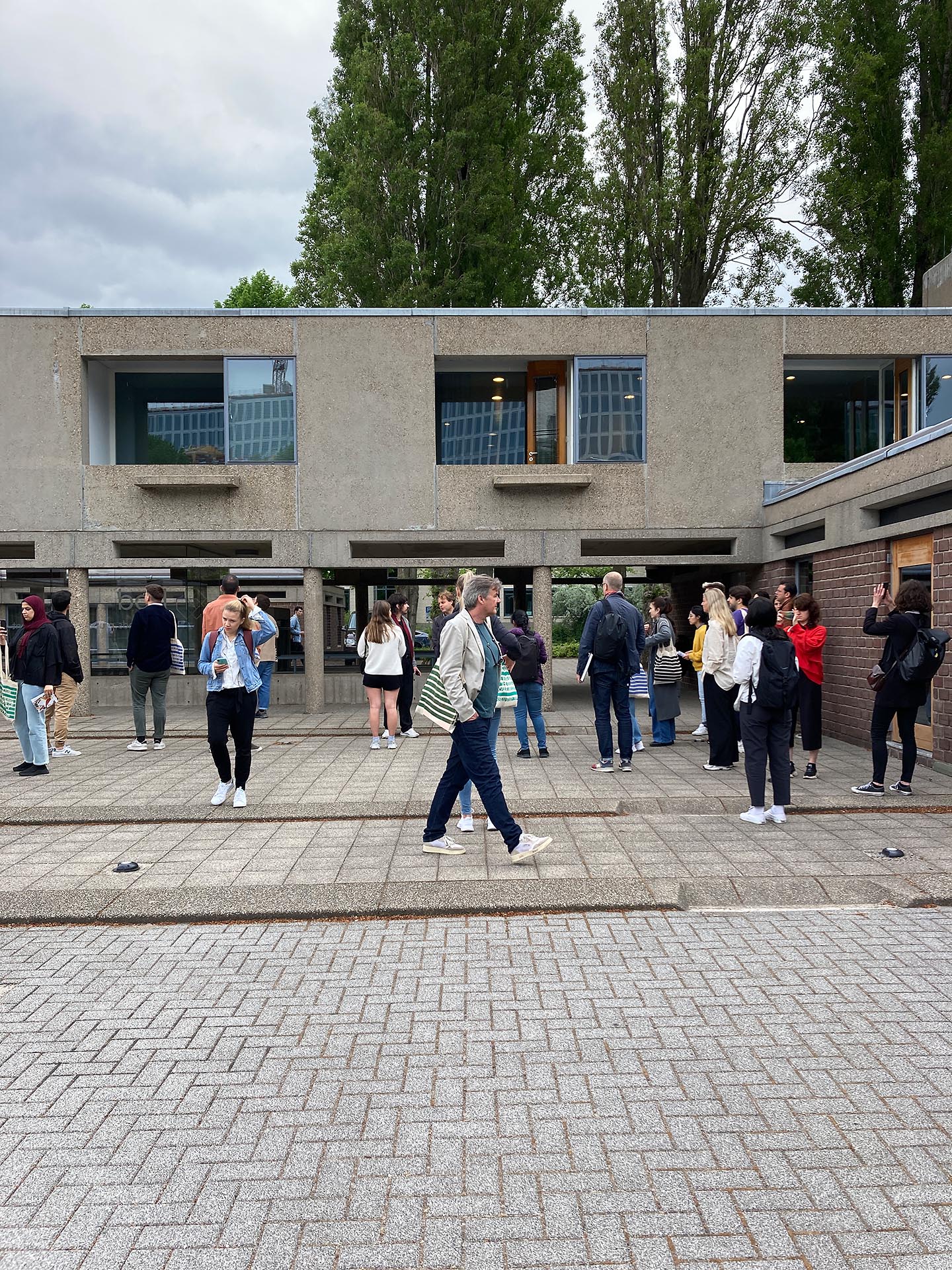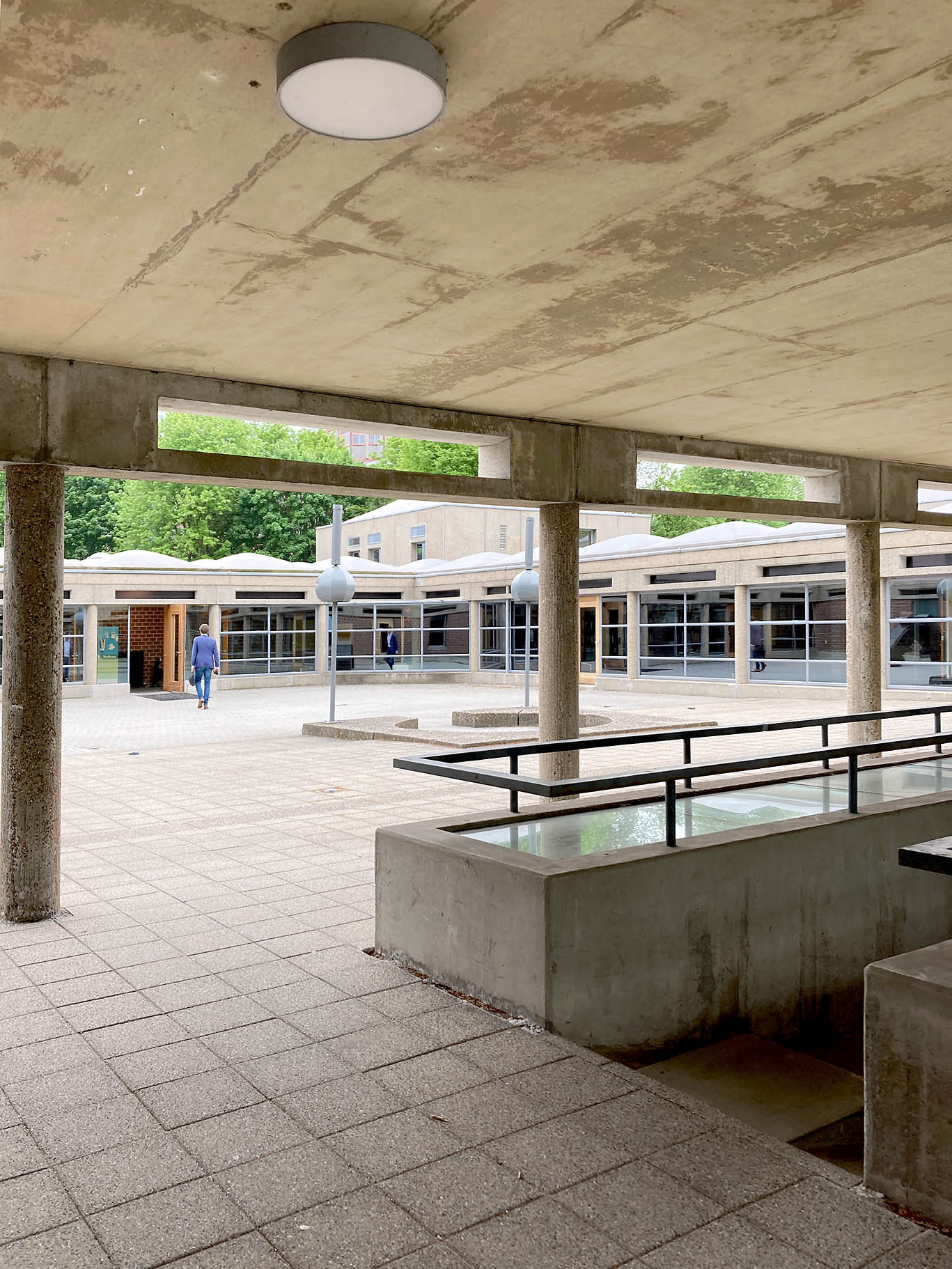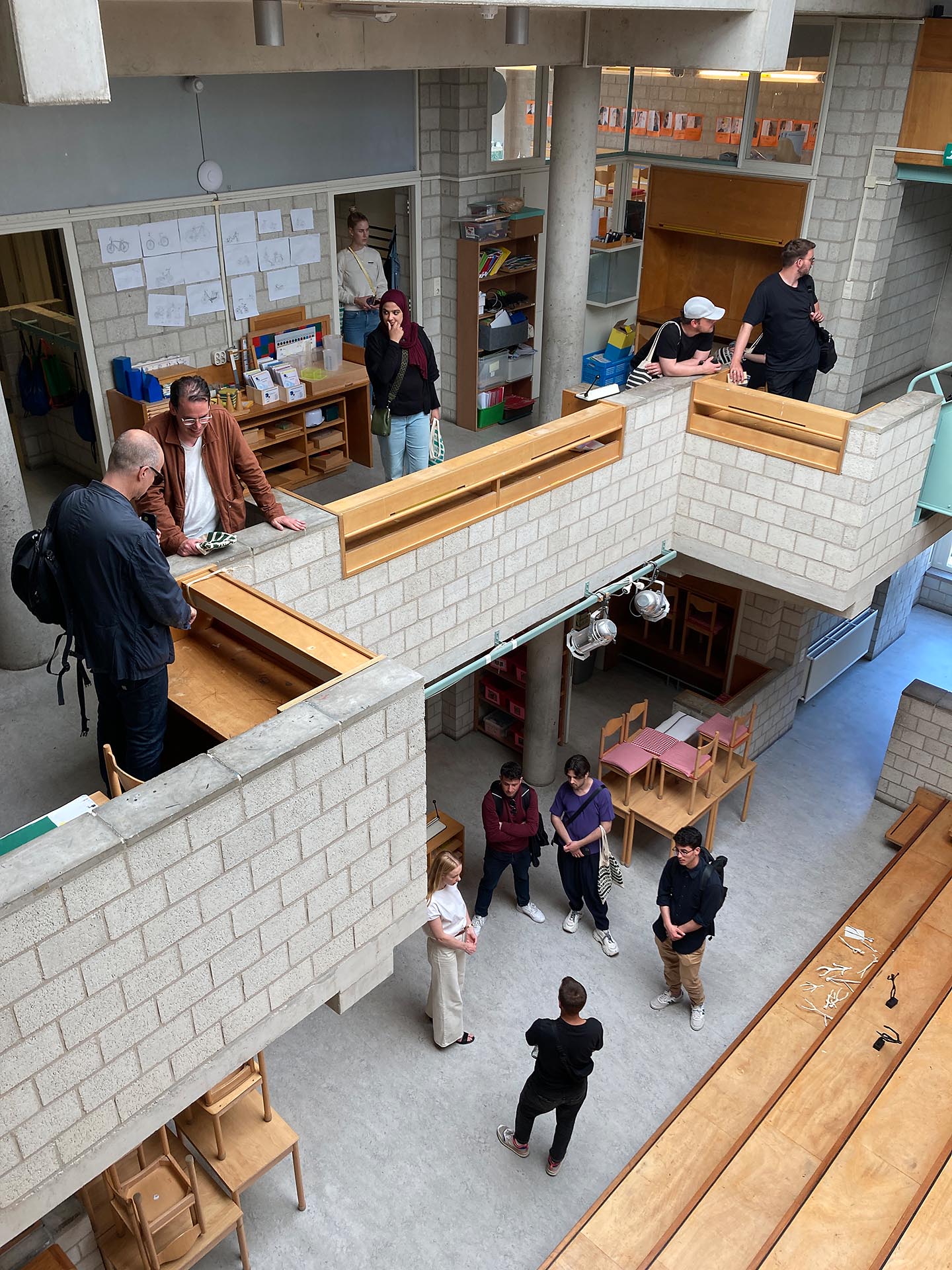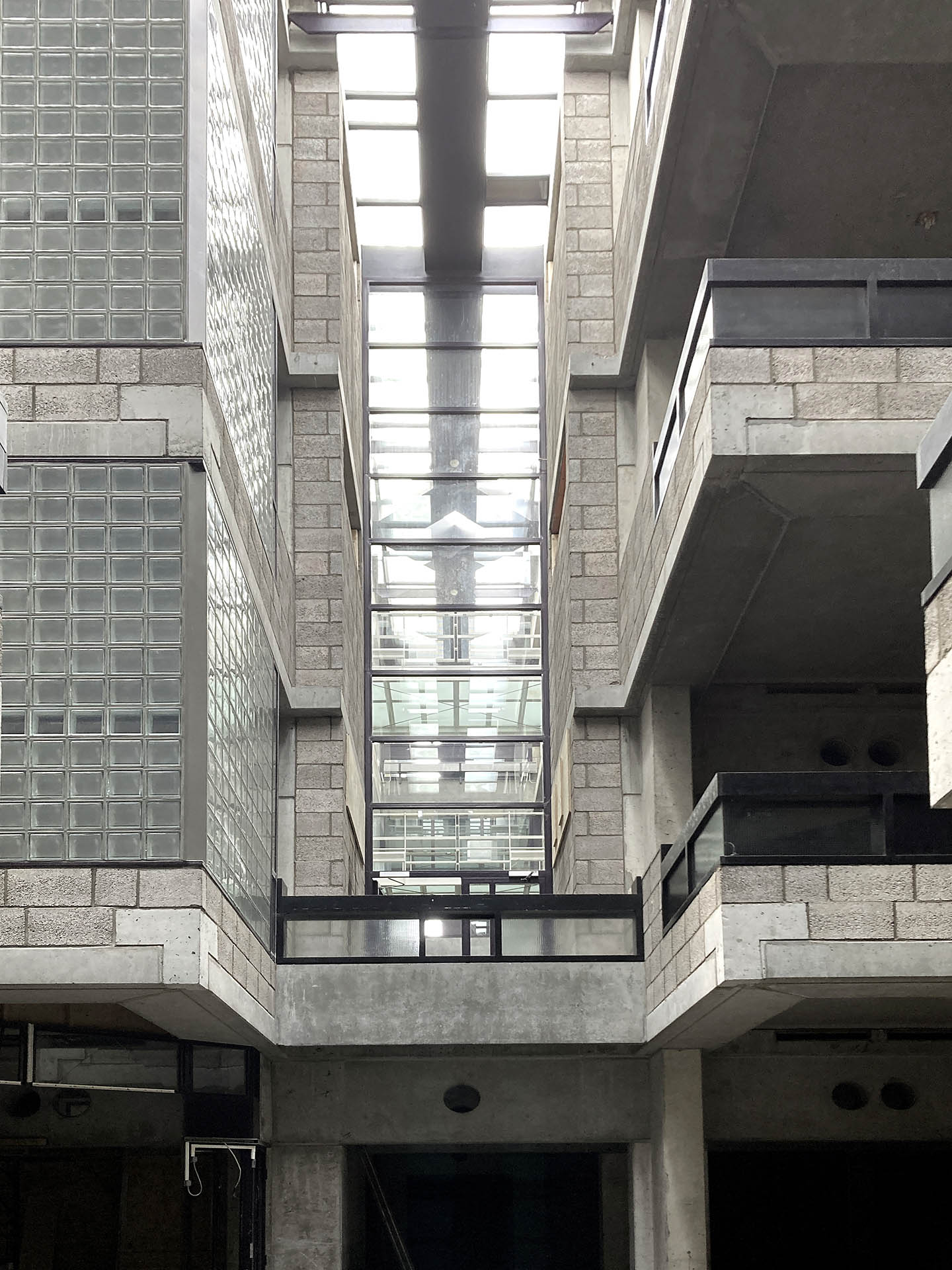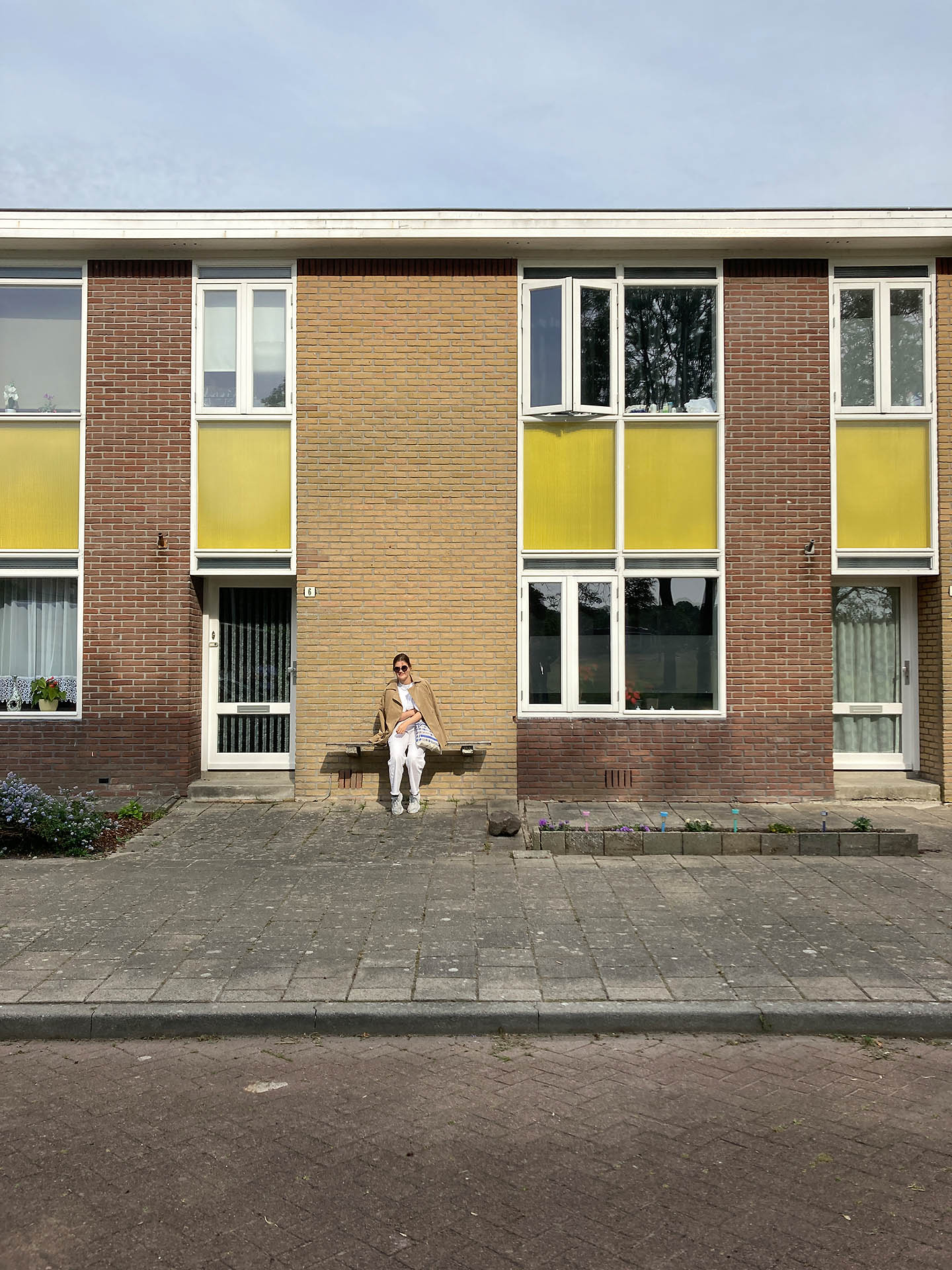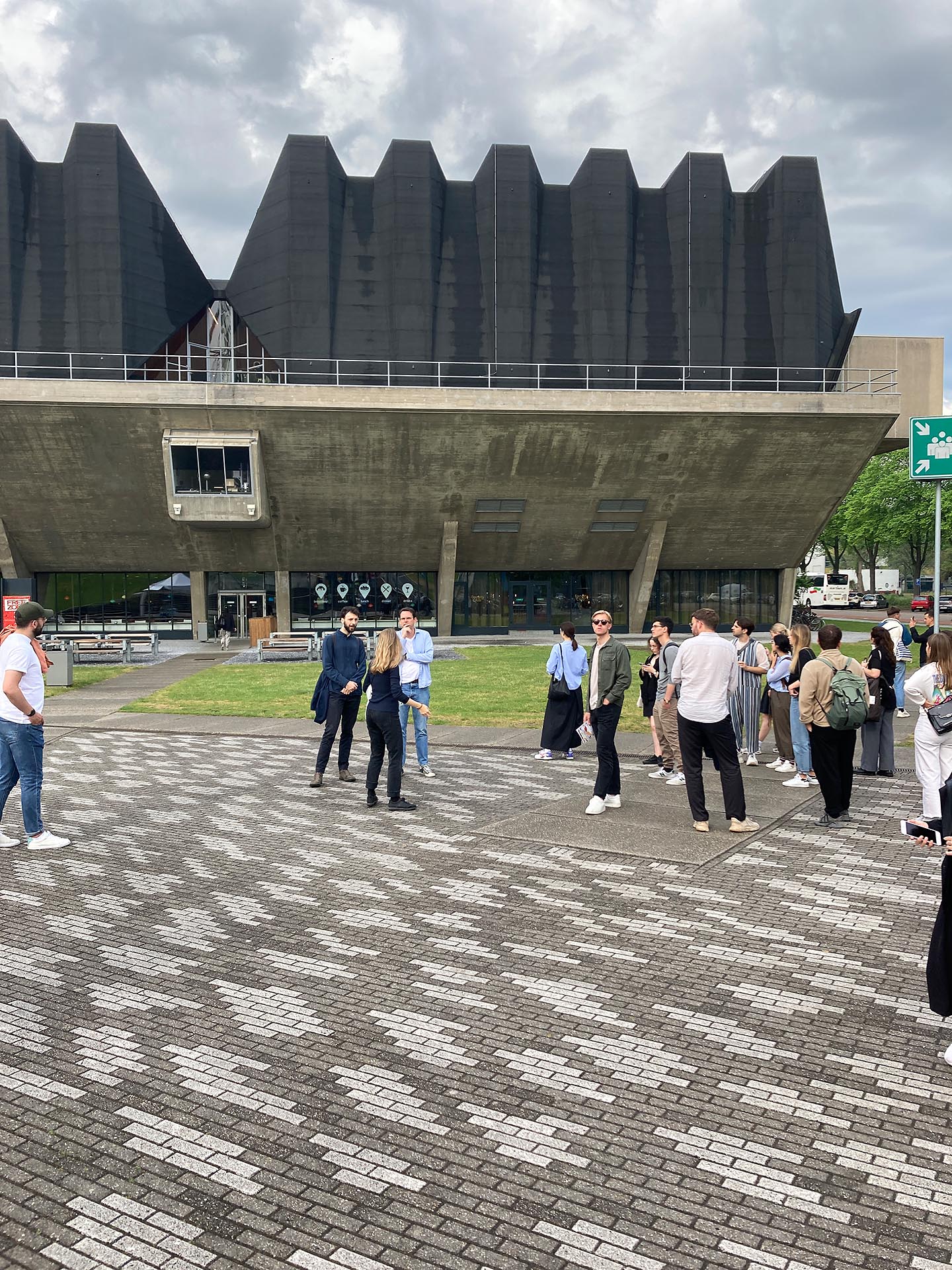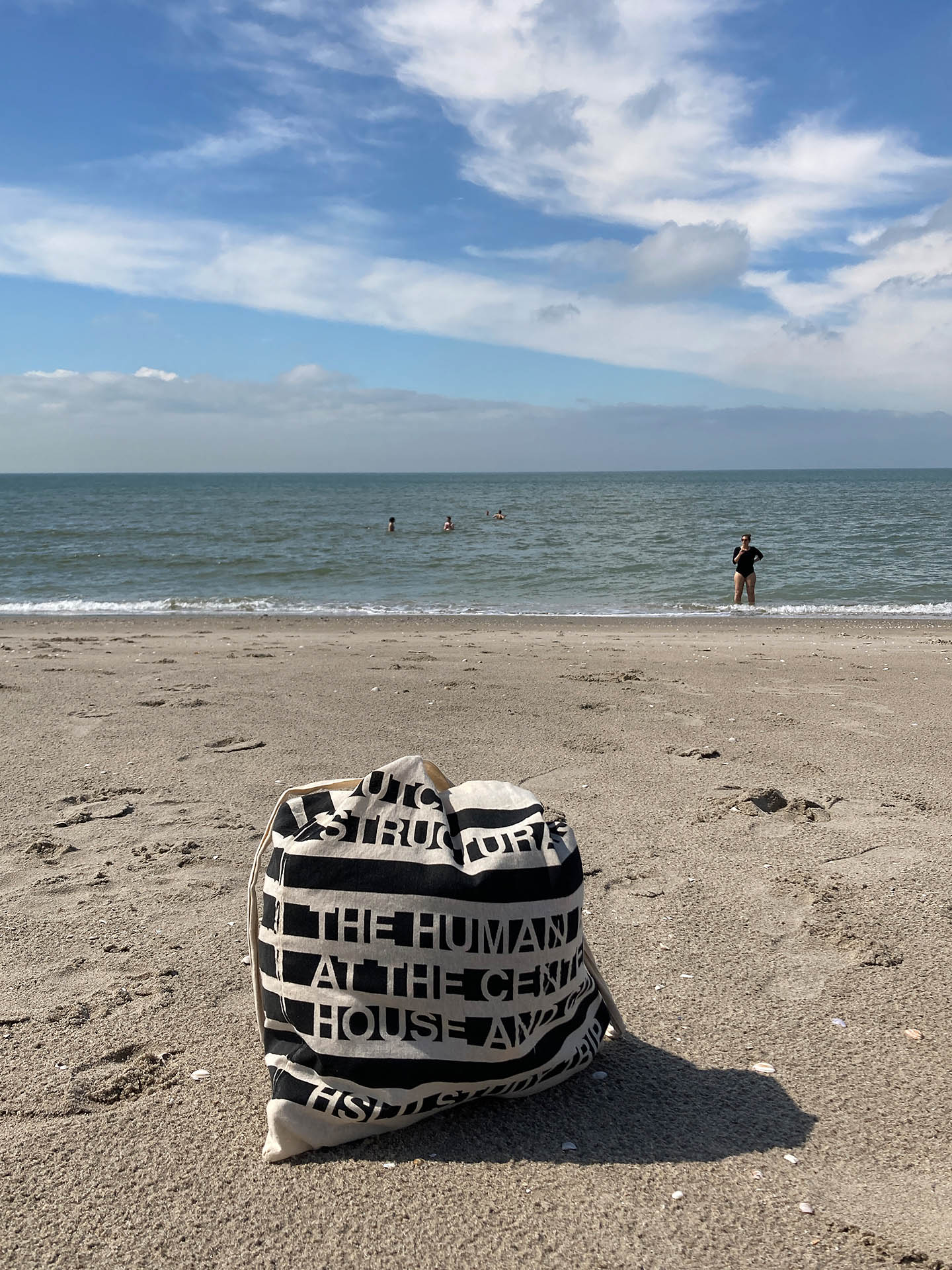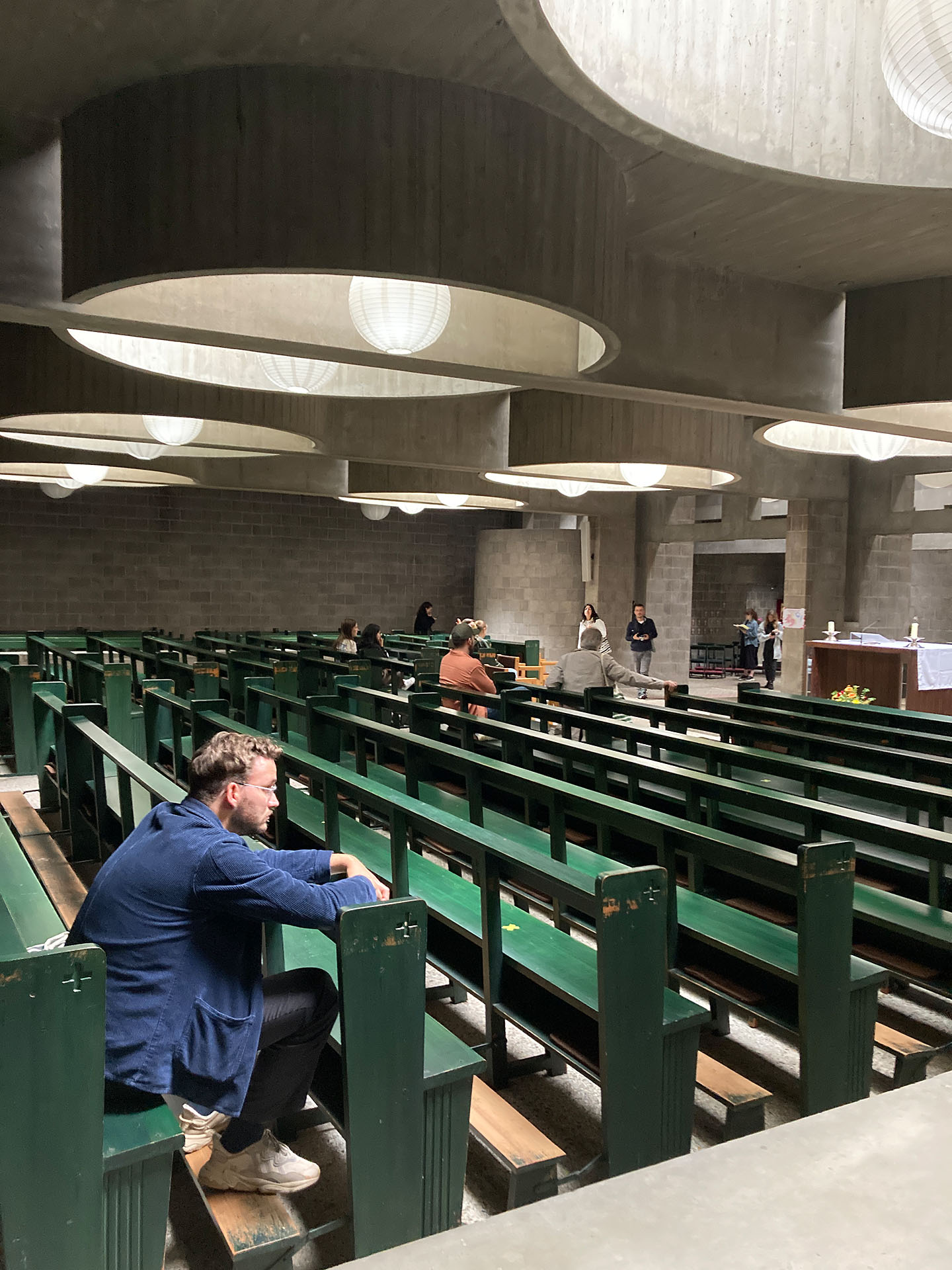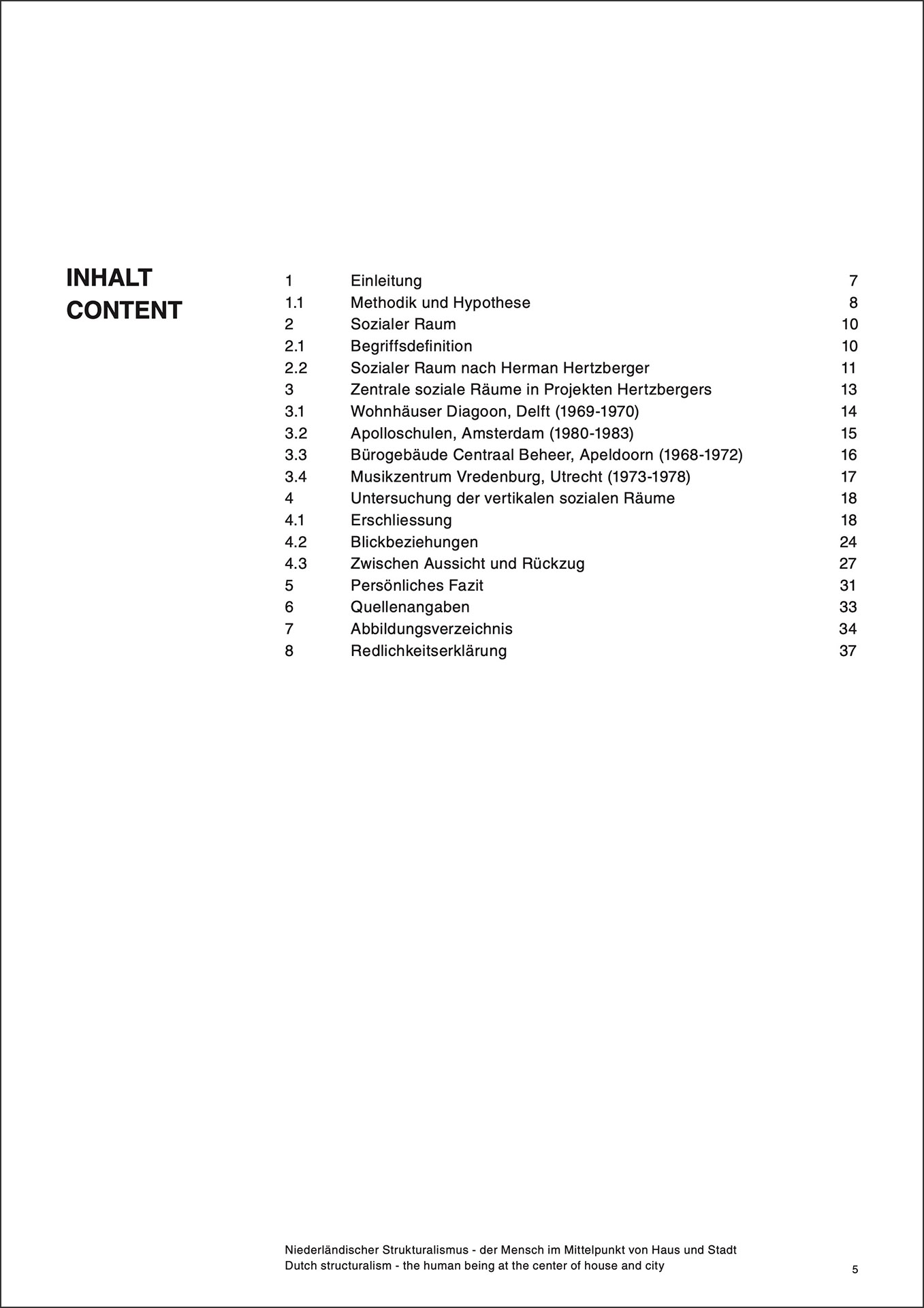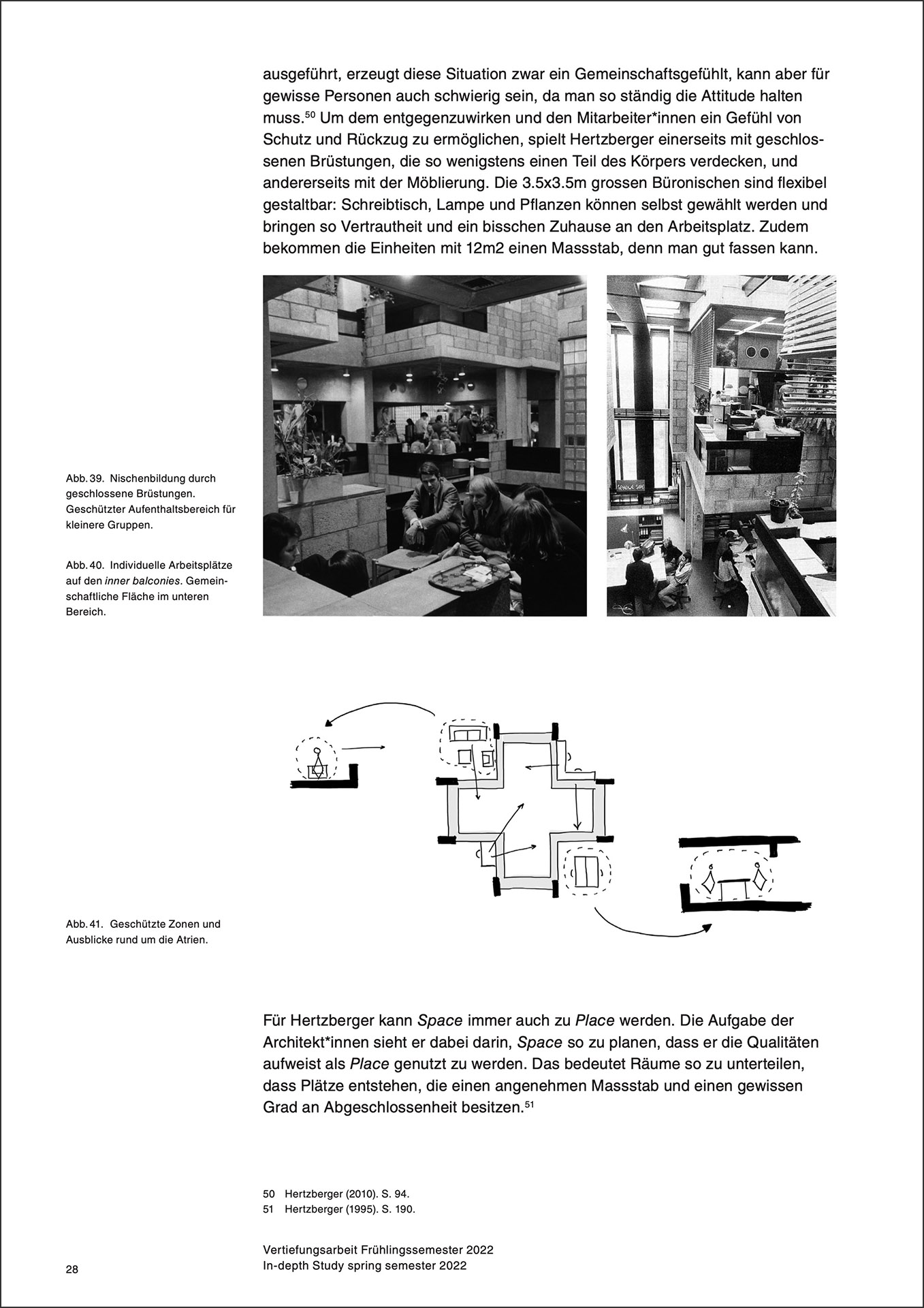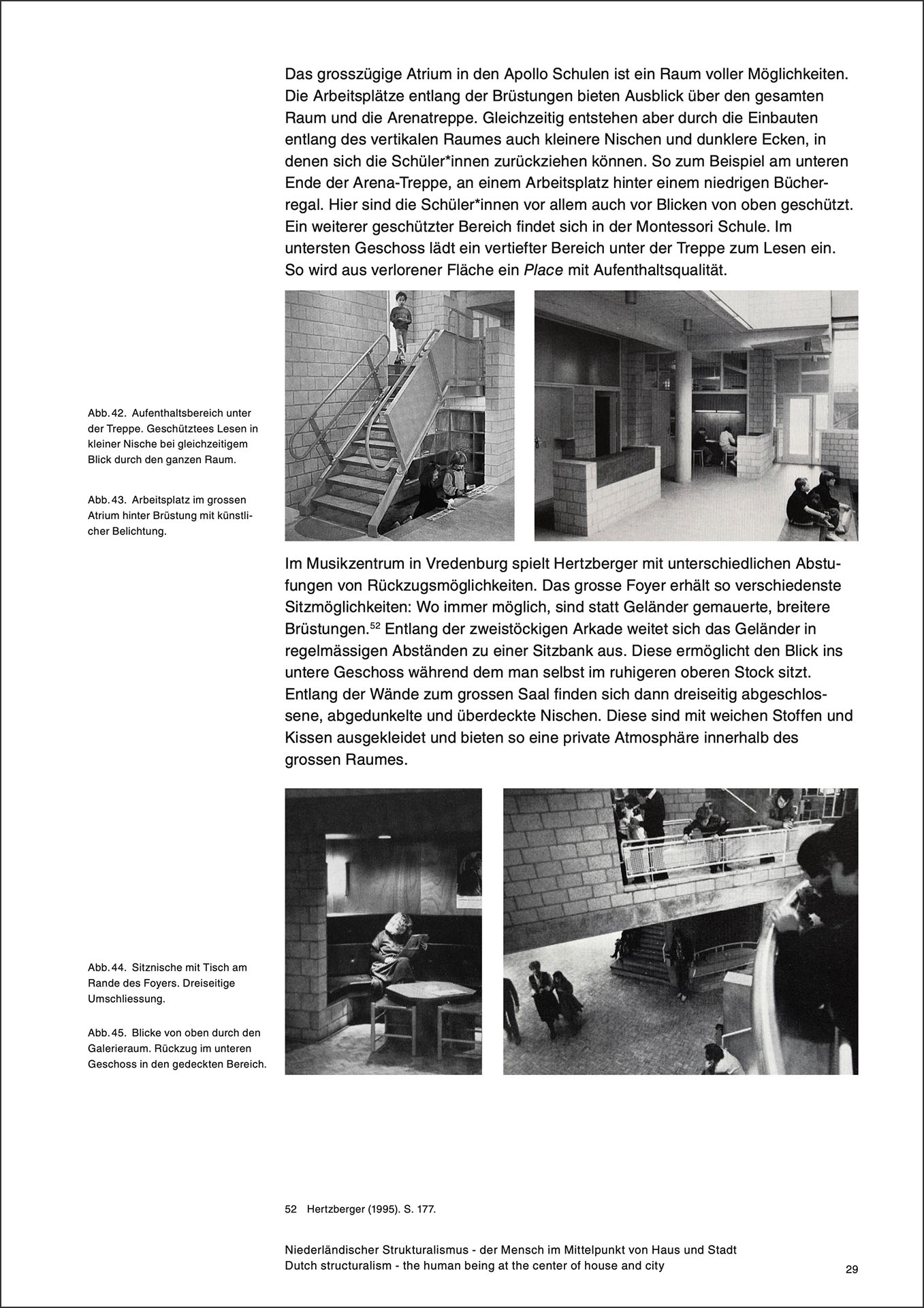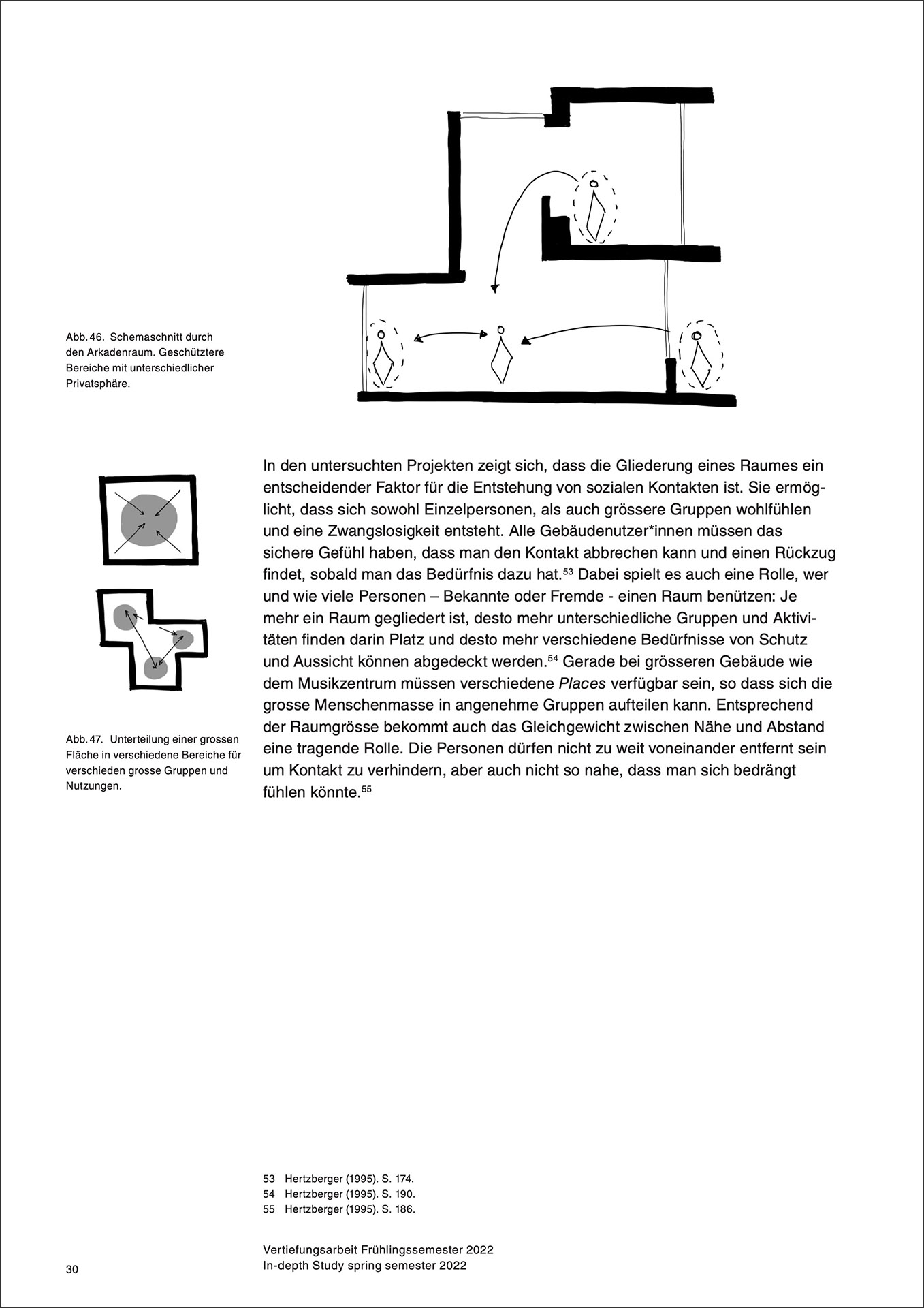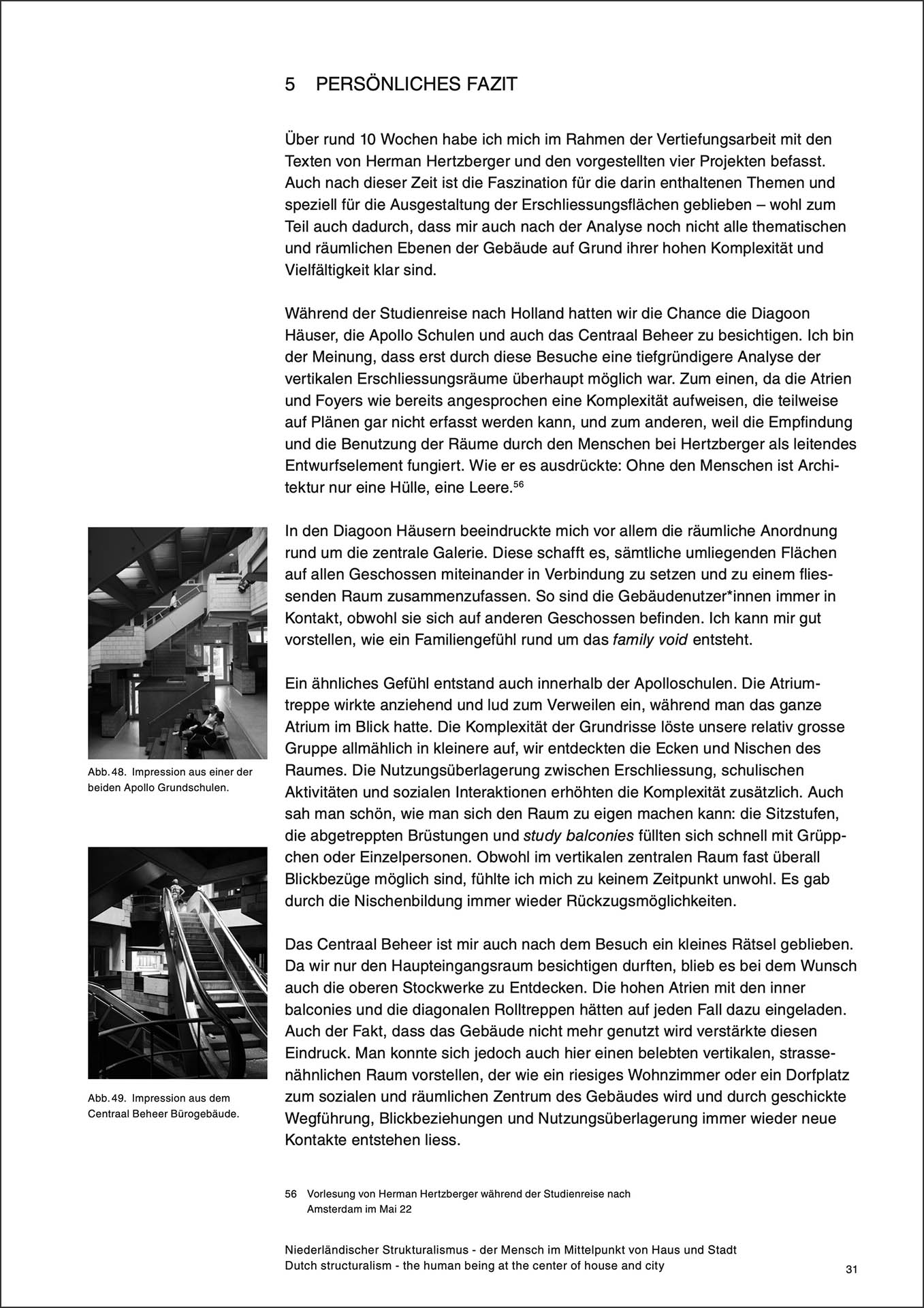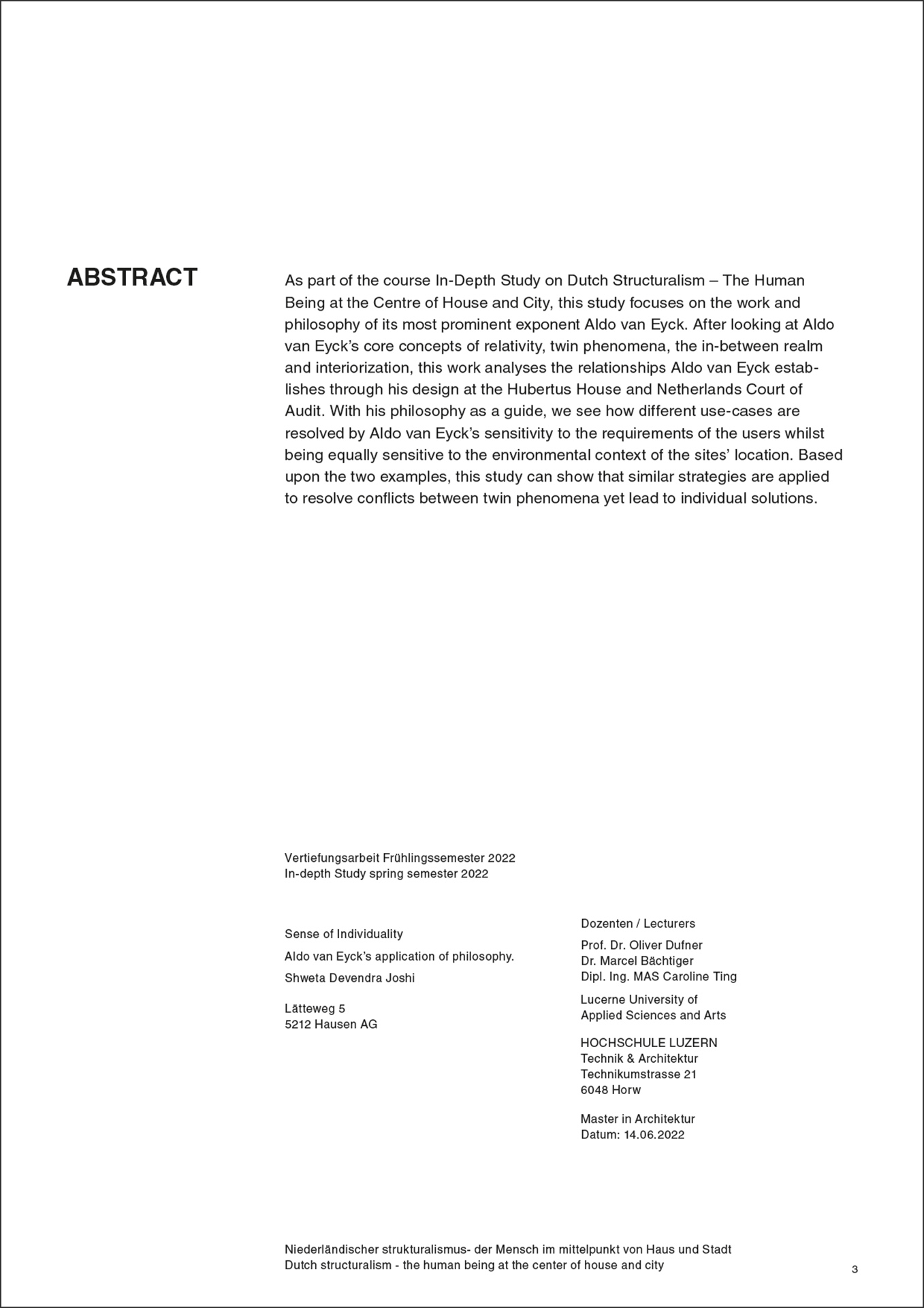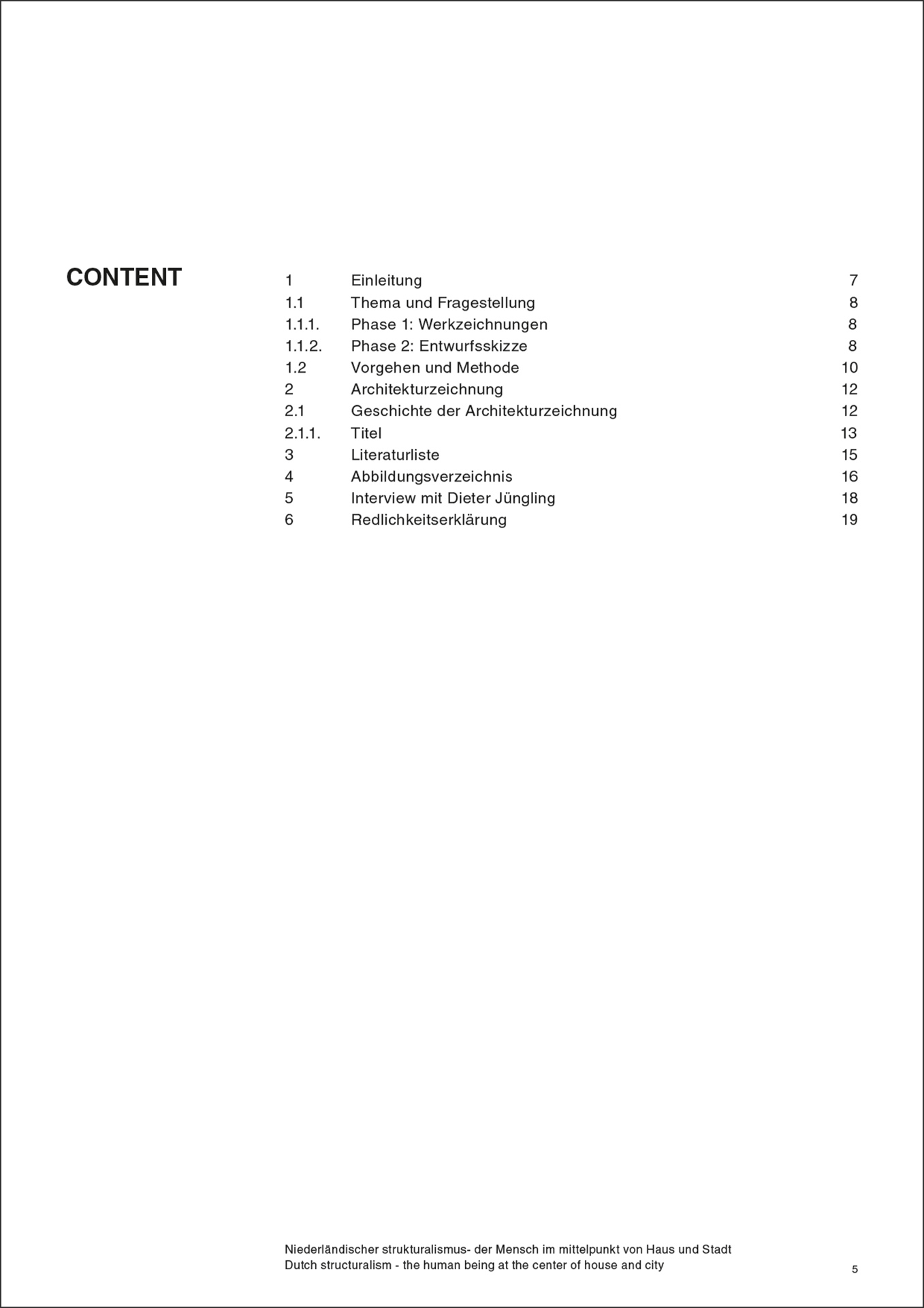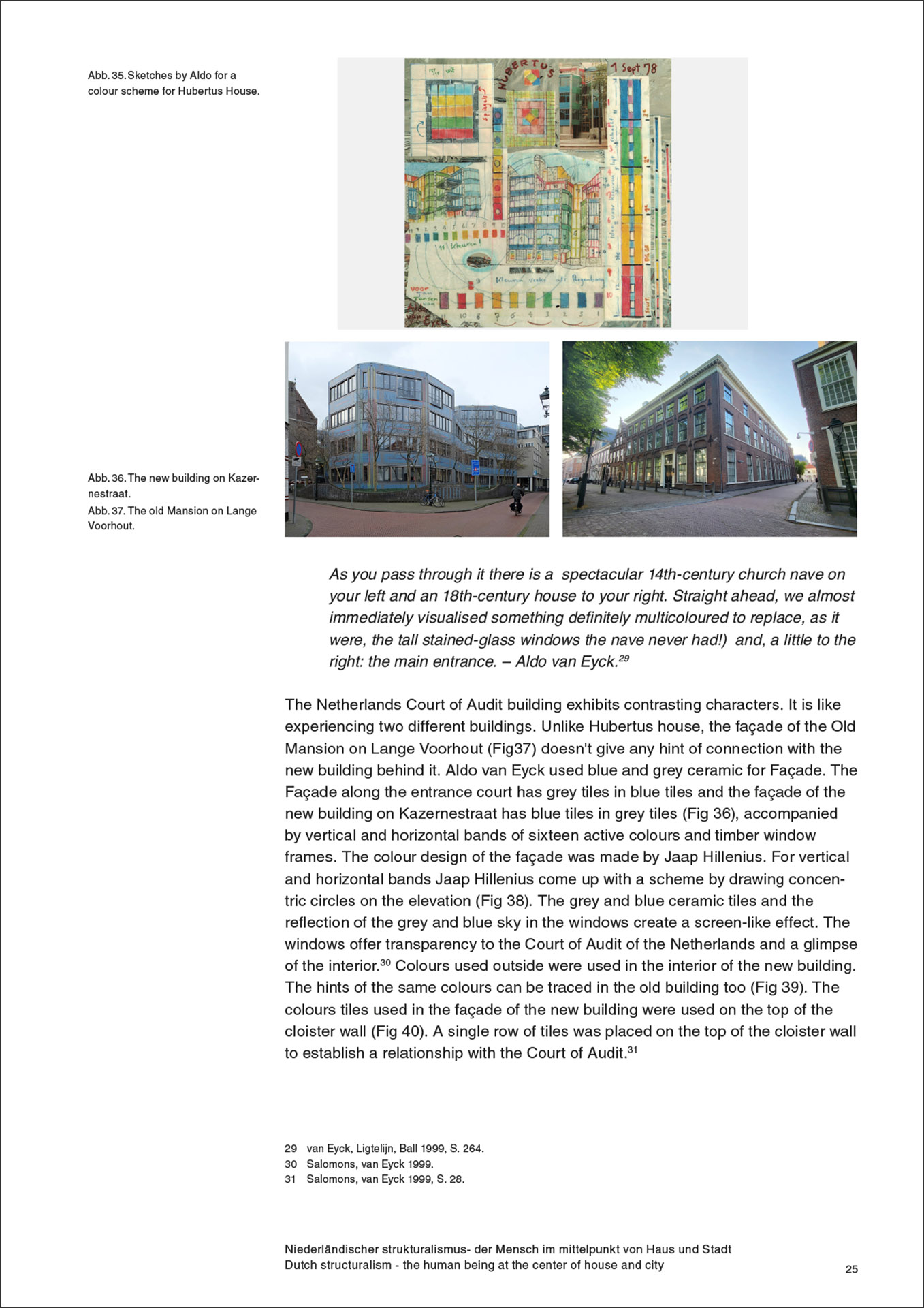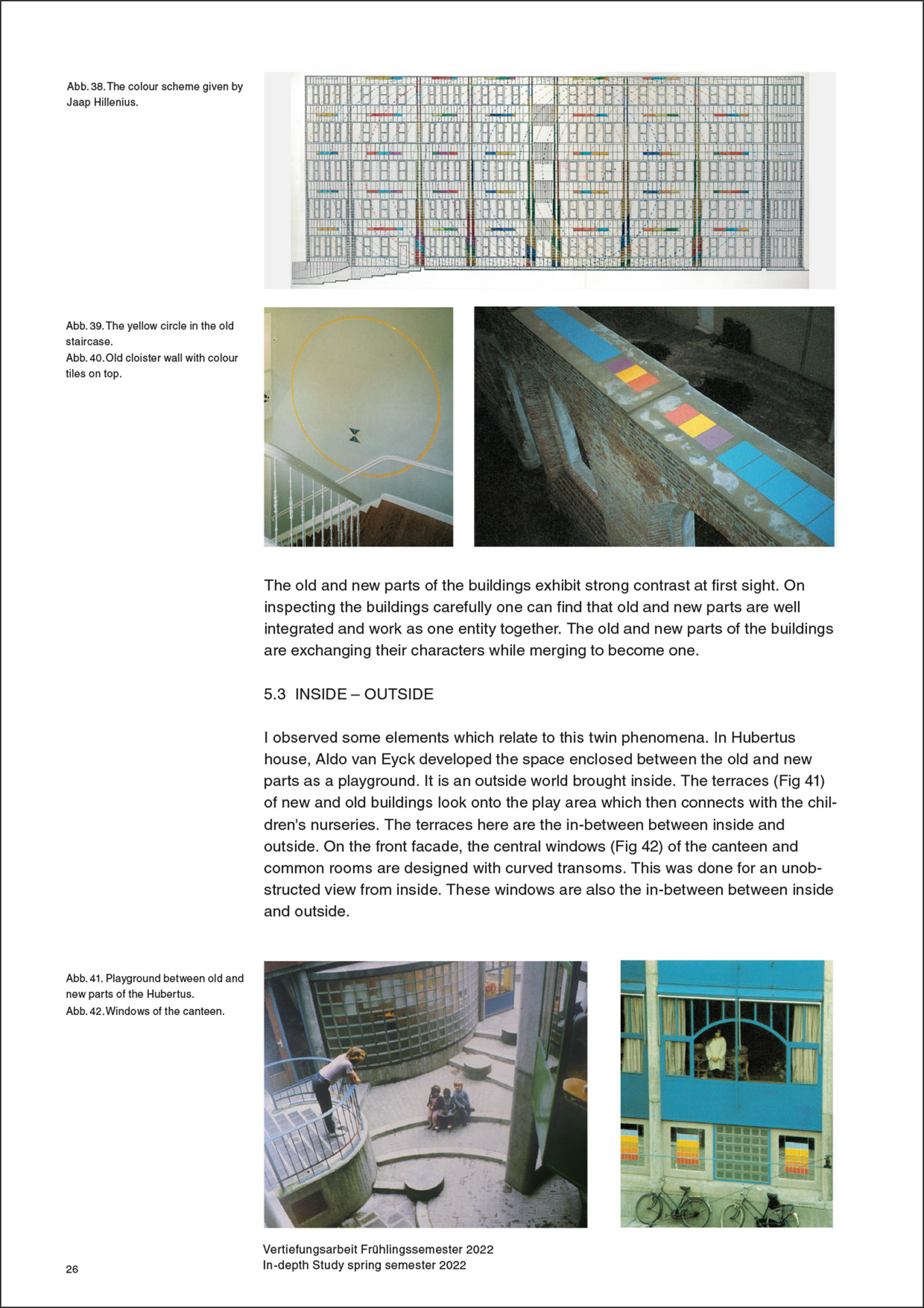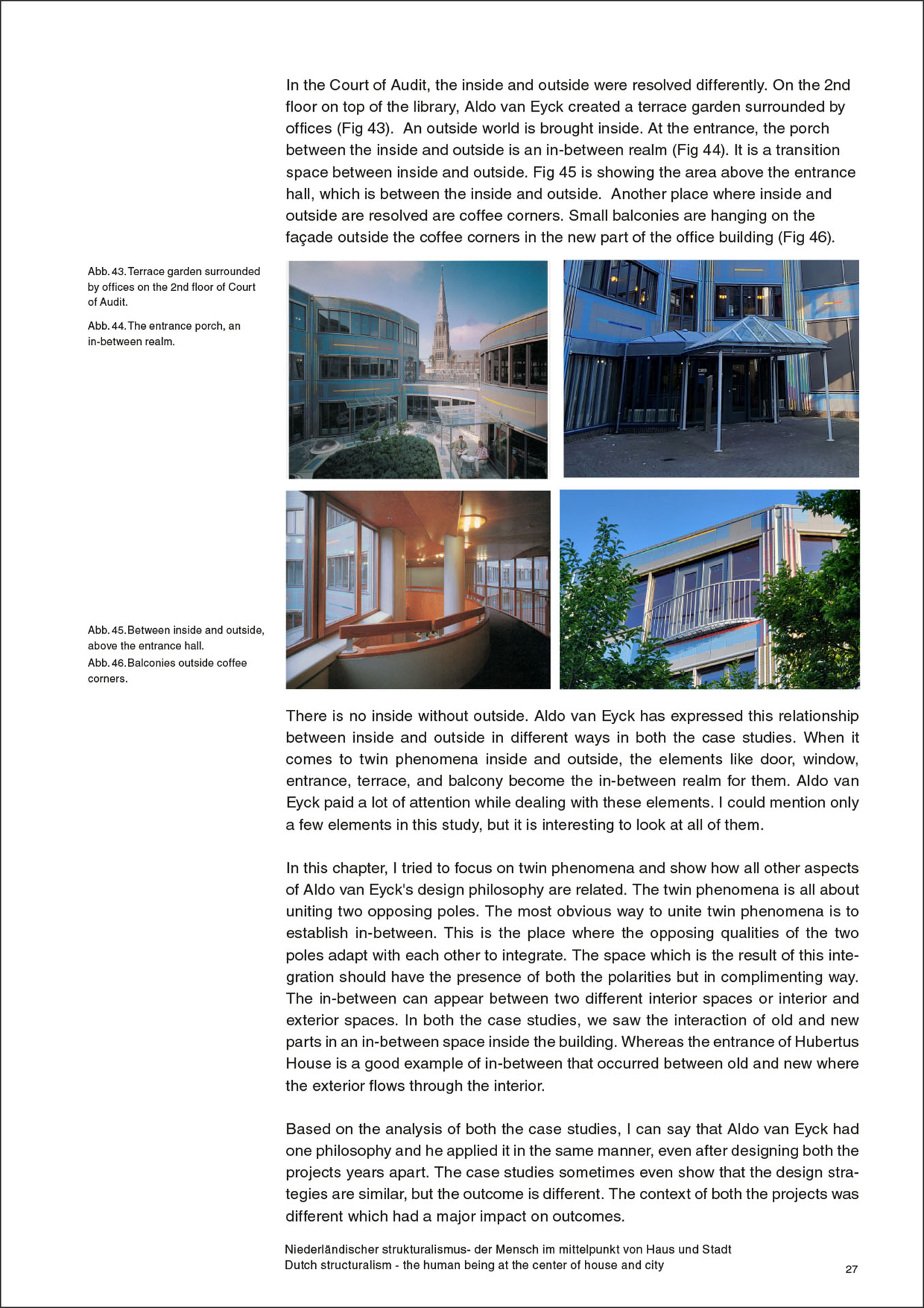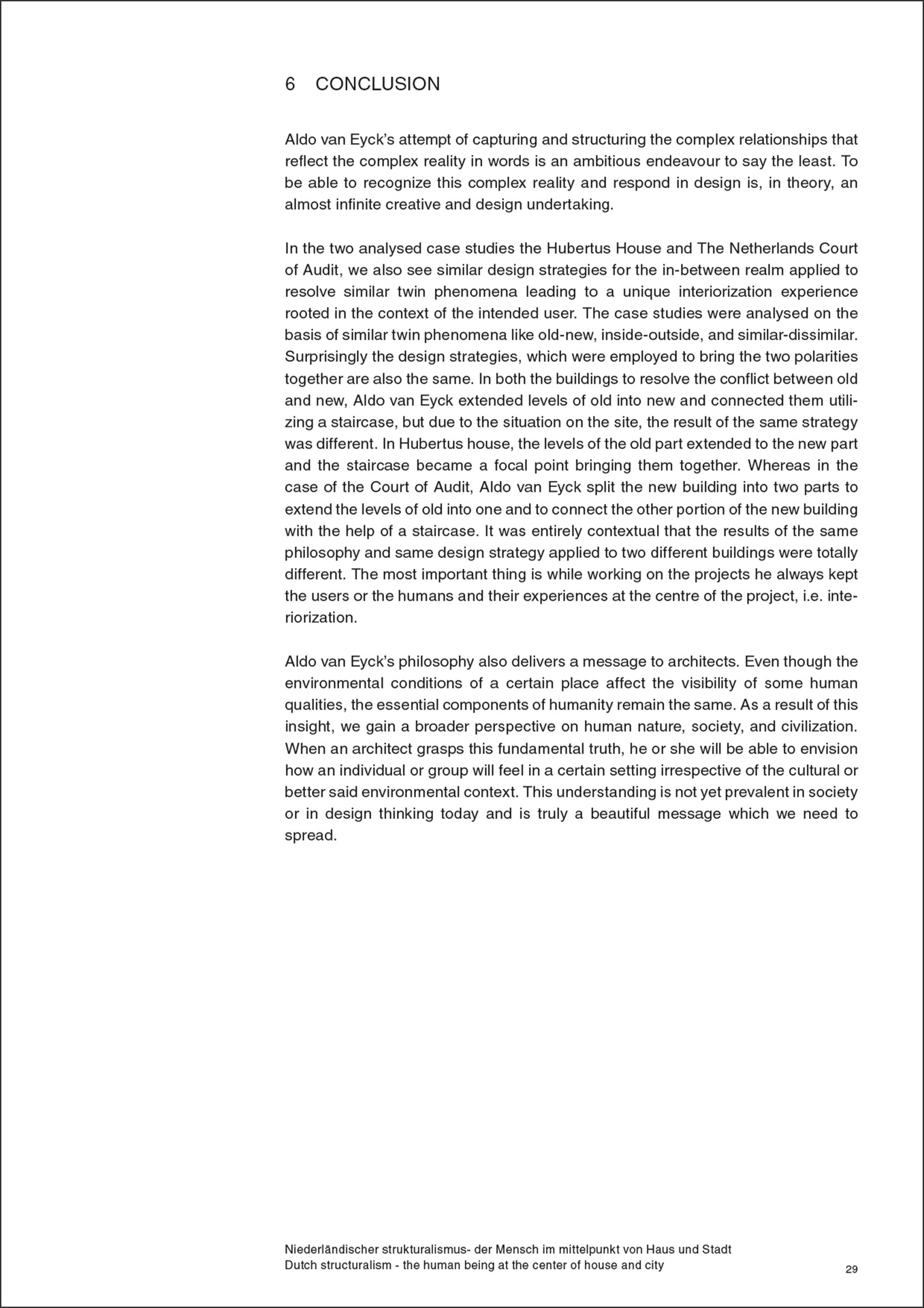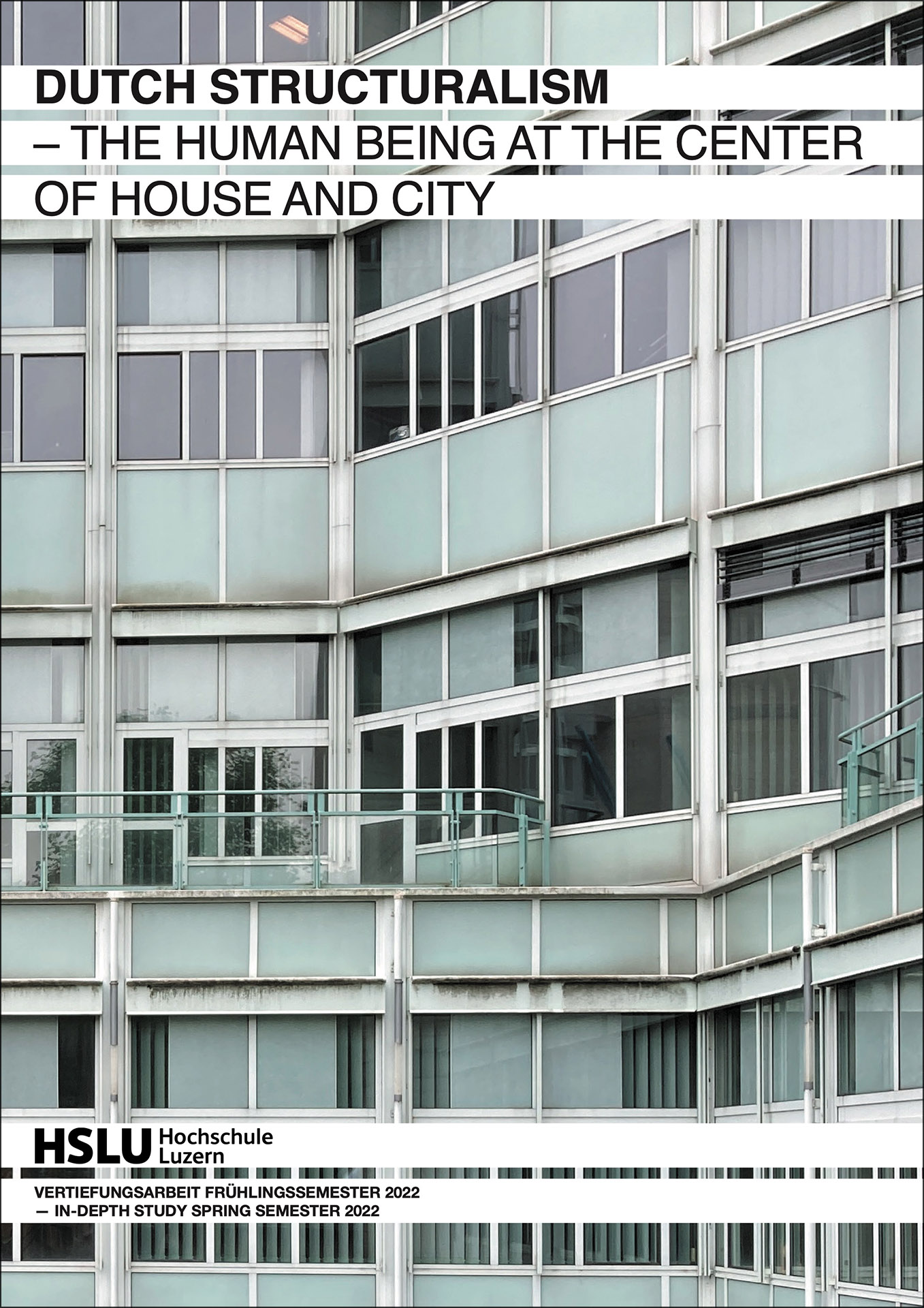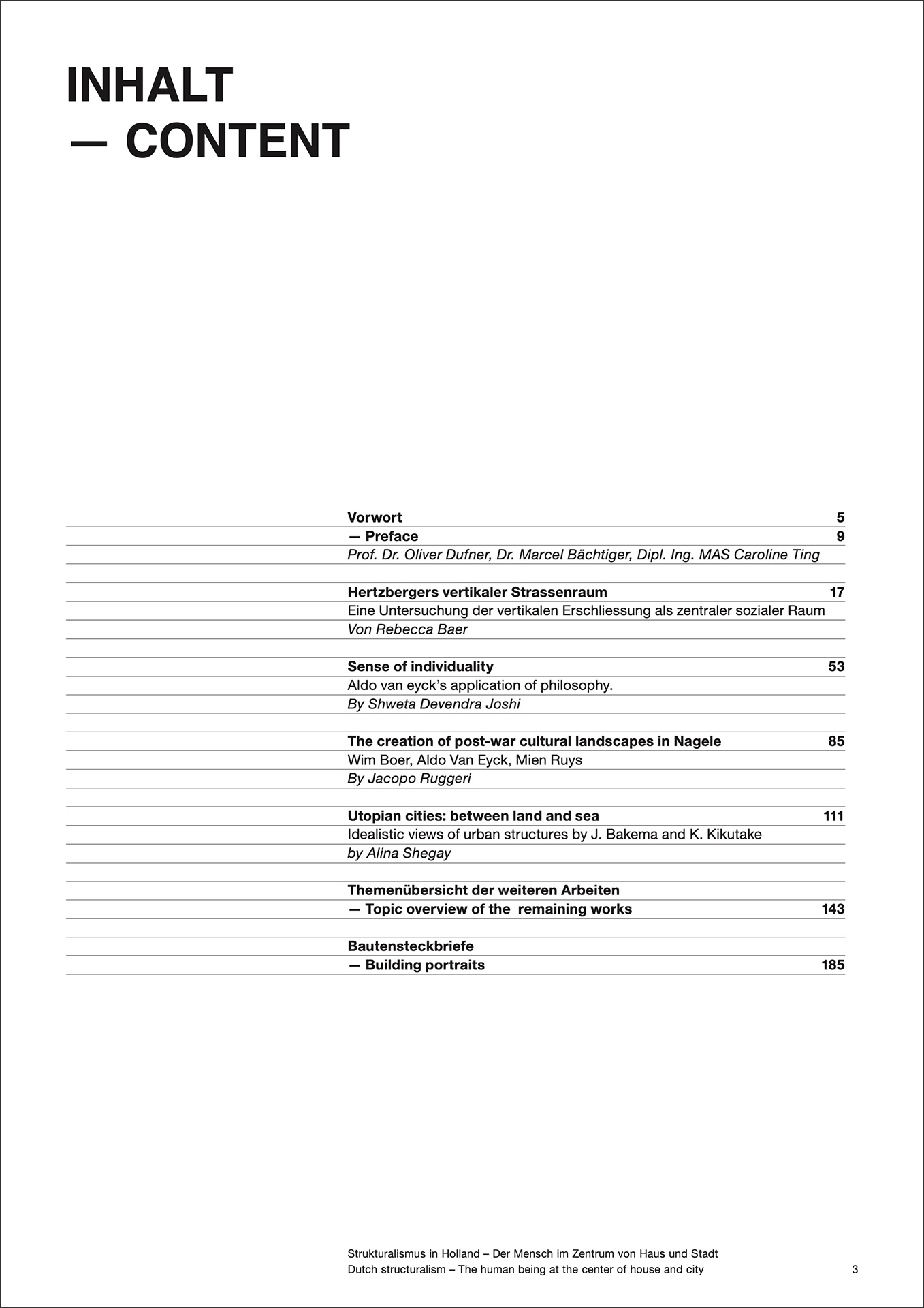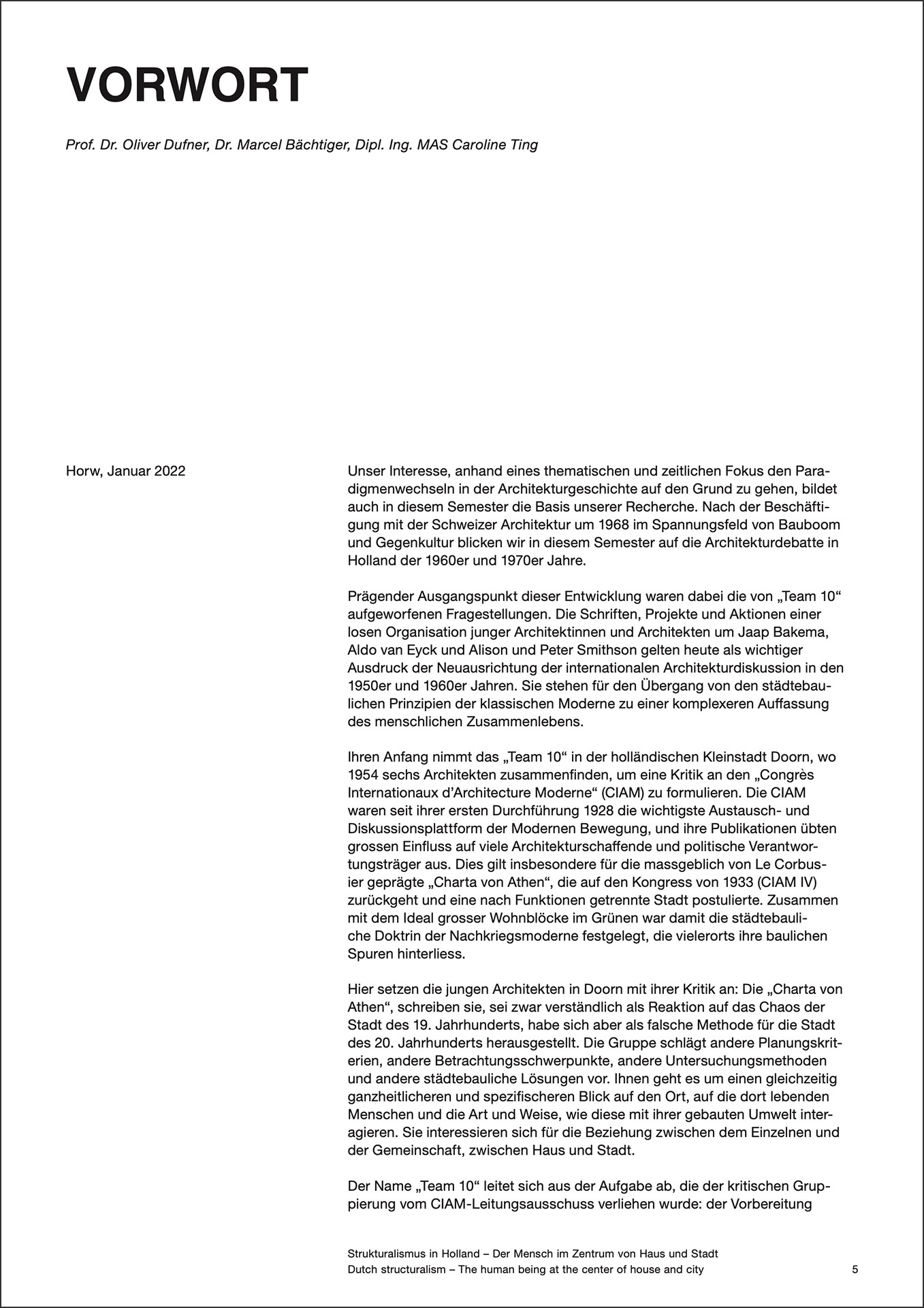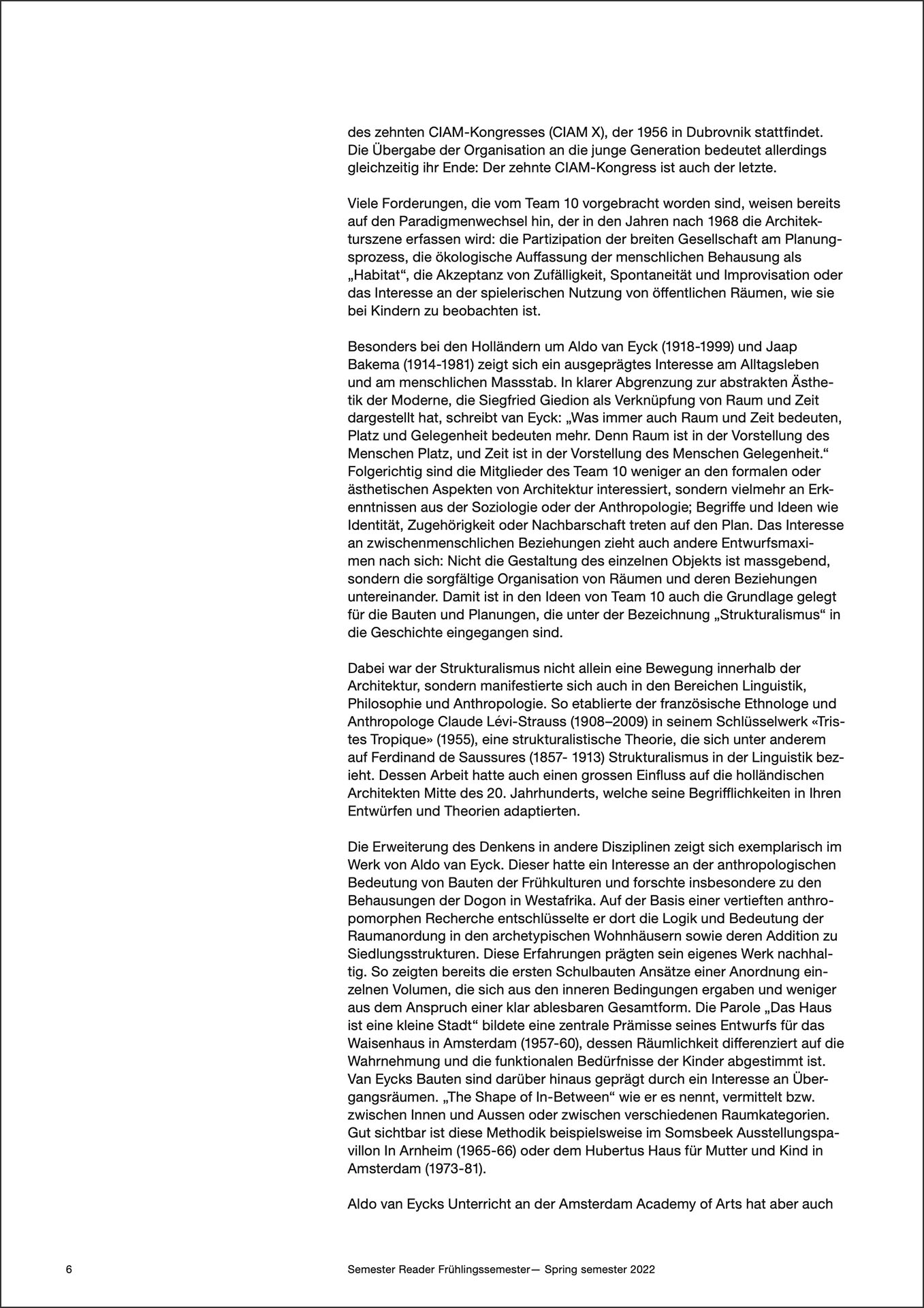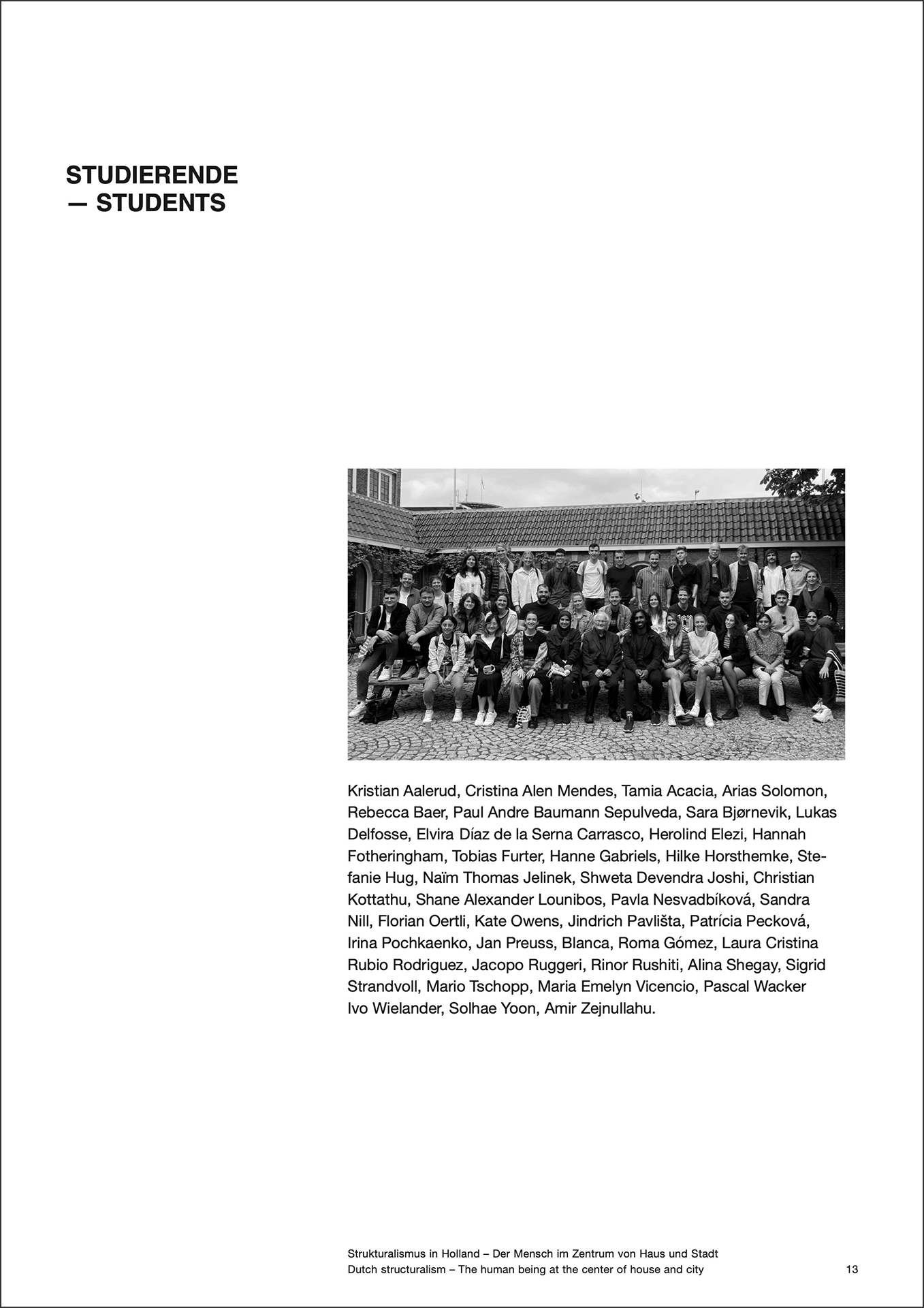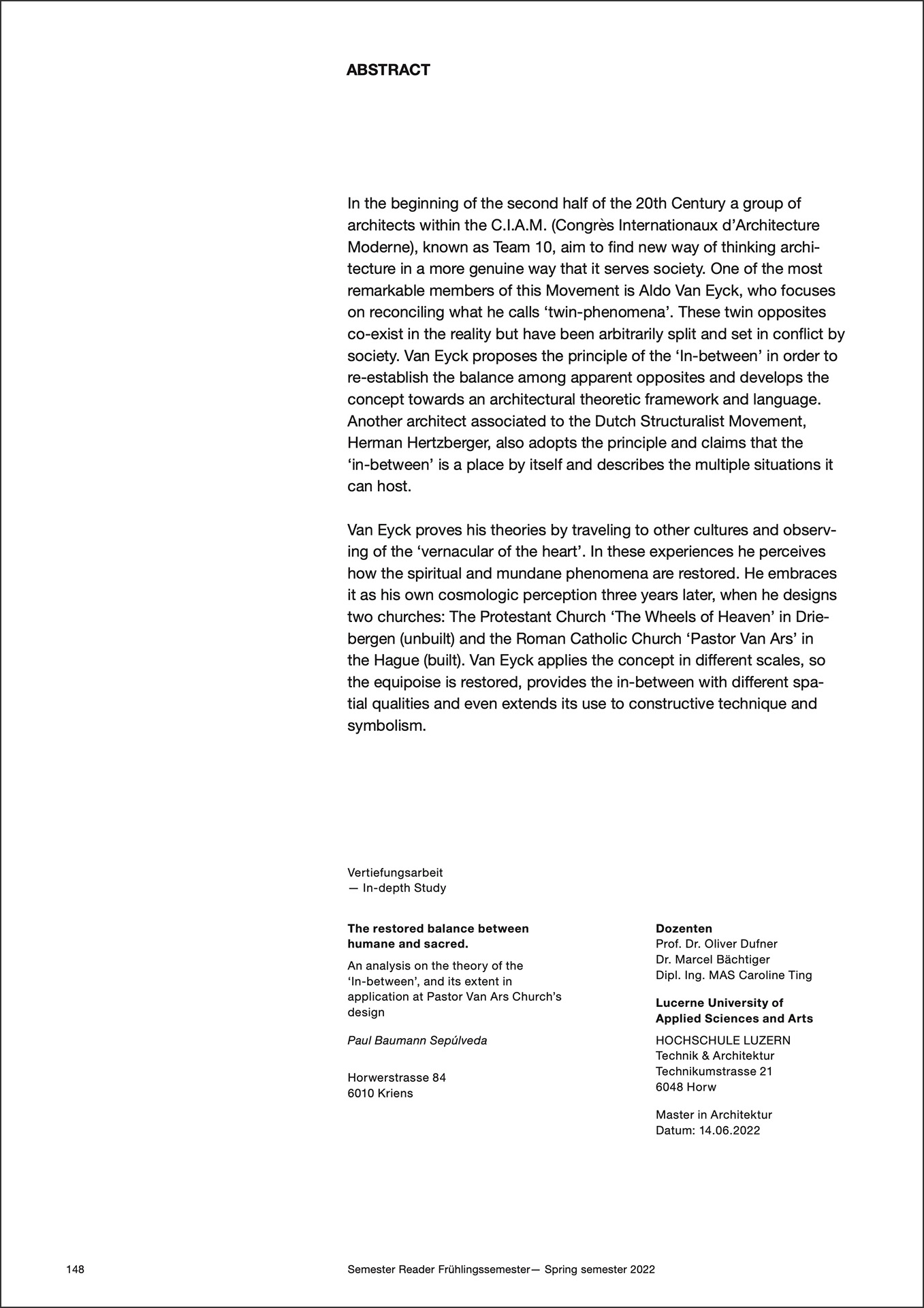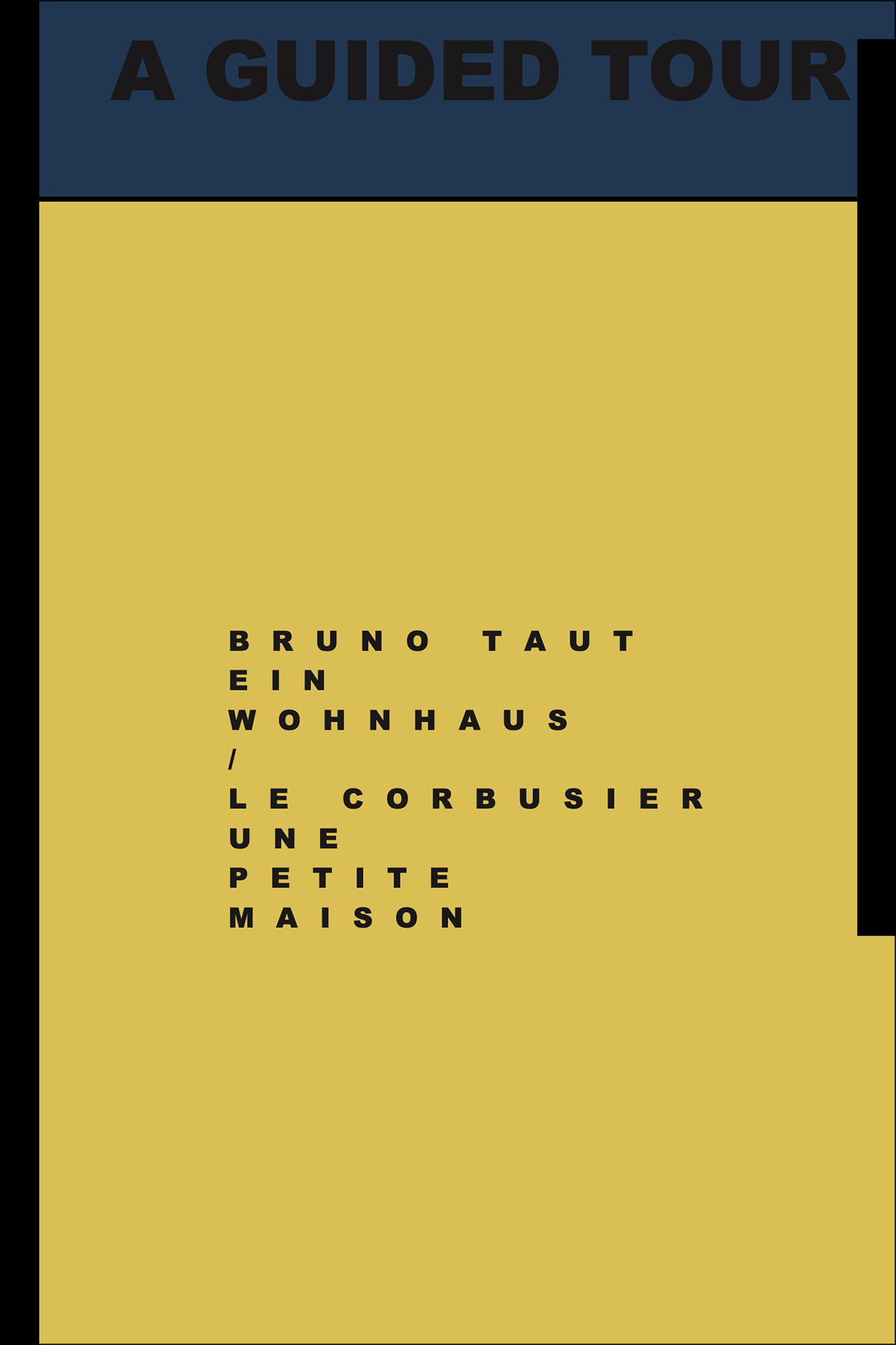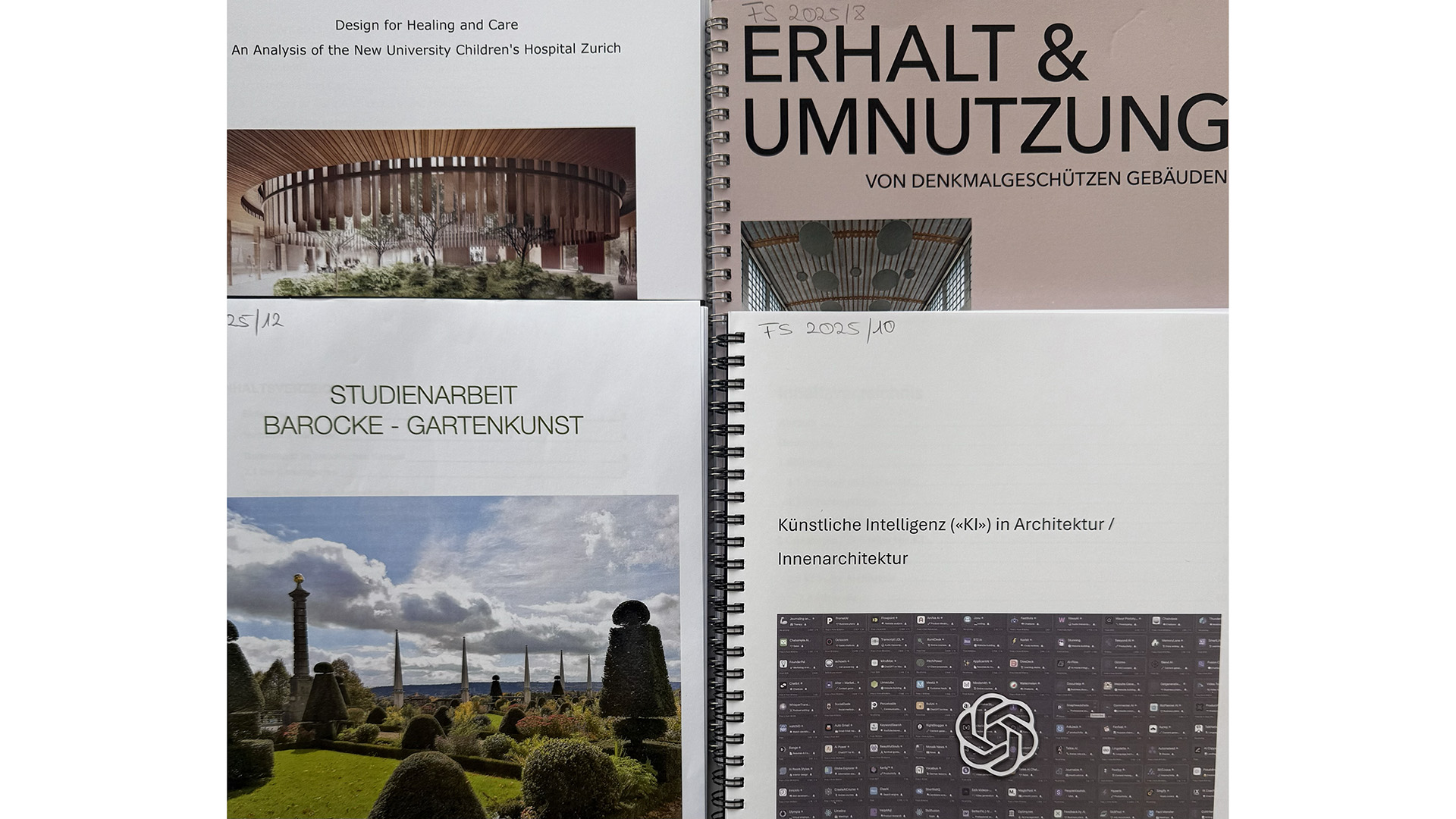Dutch Structuralism – The human being at the centre of house and city
The interest of the «In-depth study» team in adopting a thematic and temporal focus to get to the bottom of the paradigm shifts in the history of architecture also formed the basis of their research in the Spring Semester 2022. After examining Swiss architecture around 1968 in the conflicting context of building boom and counter-culture, the students were now looking at the architectural debate in Holland in the 1960s and 1970s.
Lectures
This semester, the following three specialists hold lectures in the in-depth study module: Prof. Herman Hertzberger, Architect and professor at TU Delft, Dr. Alejandro Campos Uribe, Post-doc at TU Delft and Prof. Dr. Annie Pedret, architect SMArchS. Dr. Campos Uribe’s lecture was entitled «Amsterdam’s Orphanage, a house is a small city, a city is a big house» and Prof. Pedret presented her book «Team 10: an archival history».
Study trip
The study trip took us to The Netherlands, where we visited important buildings in different cities from the period between 1950 and 1980. In addition to the large-scale urban planning projects of the post-war era, which were in effect the precondition for the structuralist, CIAM critical movement, we focused on the residential and educational buildings of Aldo van Eyck, Herman Hertzberger and Piet Blom. In doing so, we expected not only to reach a deeper understanding of this period’s positions on urban design and human coexistence but also to examine the relevance of these conceptions to the present.
Best works
The module serves to teach scientific working methods and concentrated thinking and writing. It offers the opportunity to reflect in writing on one‘s own actions as a designing architect. The aim is to write an independent in-depth thesis relevant to the topic.
Hertzberger’s vertikaler Strassenraum by Rebecca Baer
Sense of individuality by Shweta Joshi
Semester Reader
30 printed copies (15 CHF + shipping) order here
or download digital version
